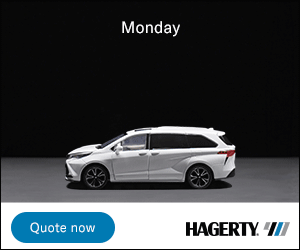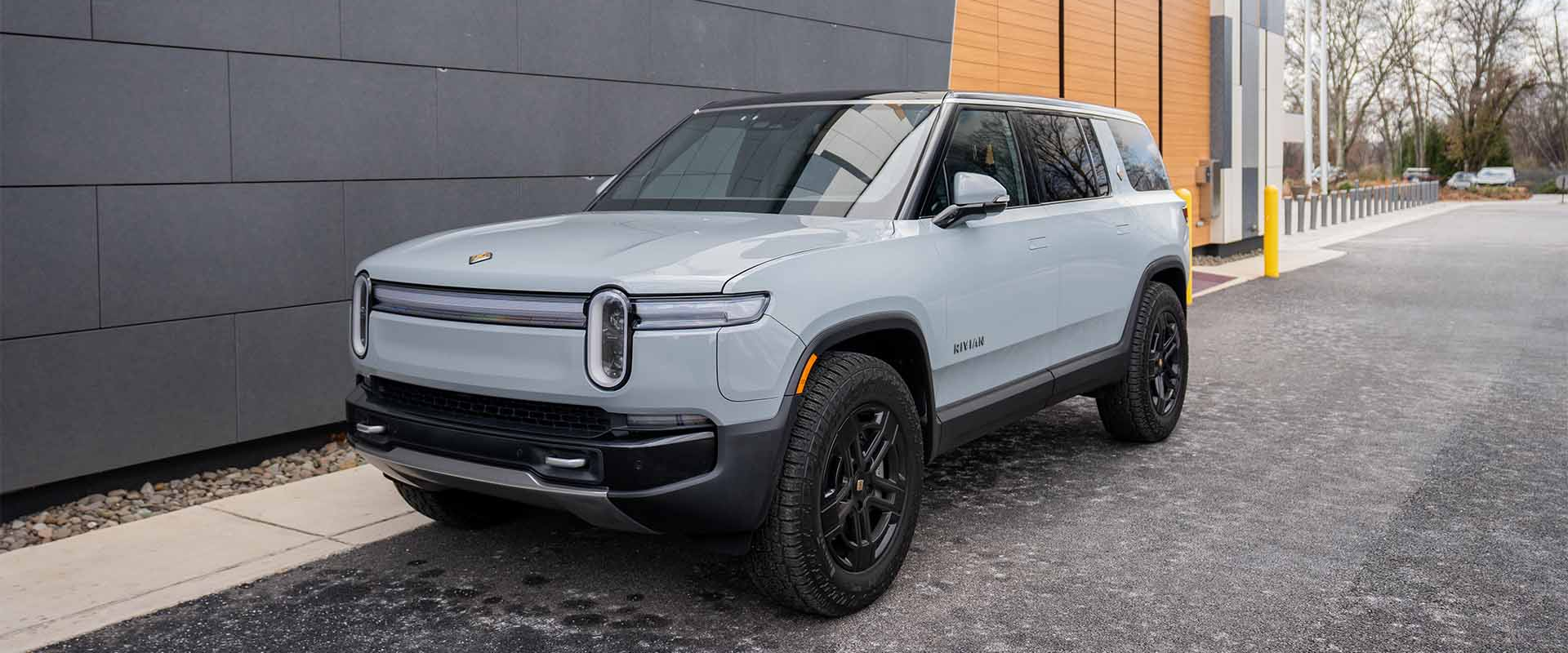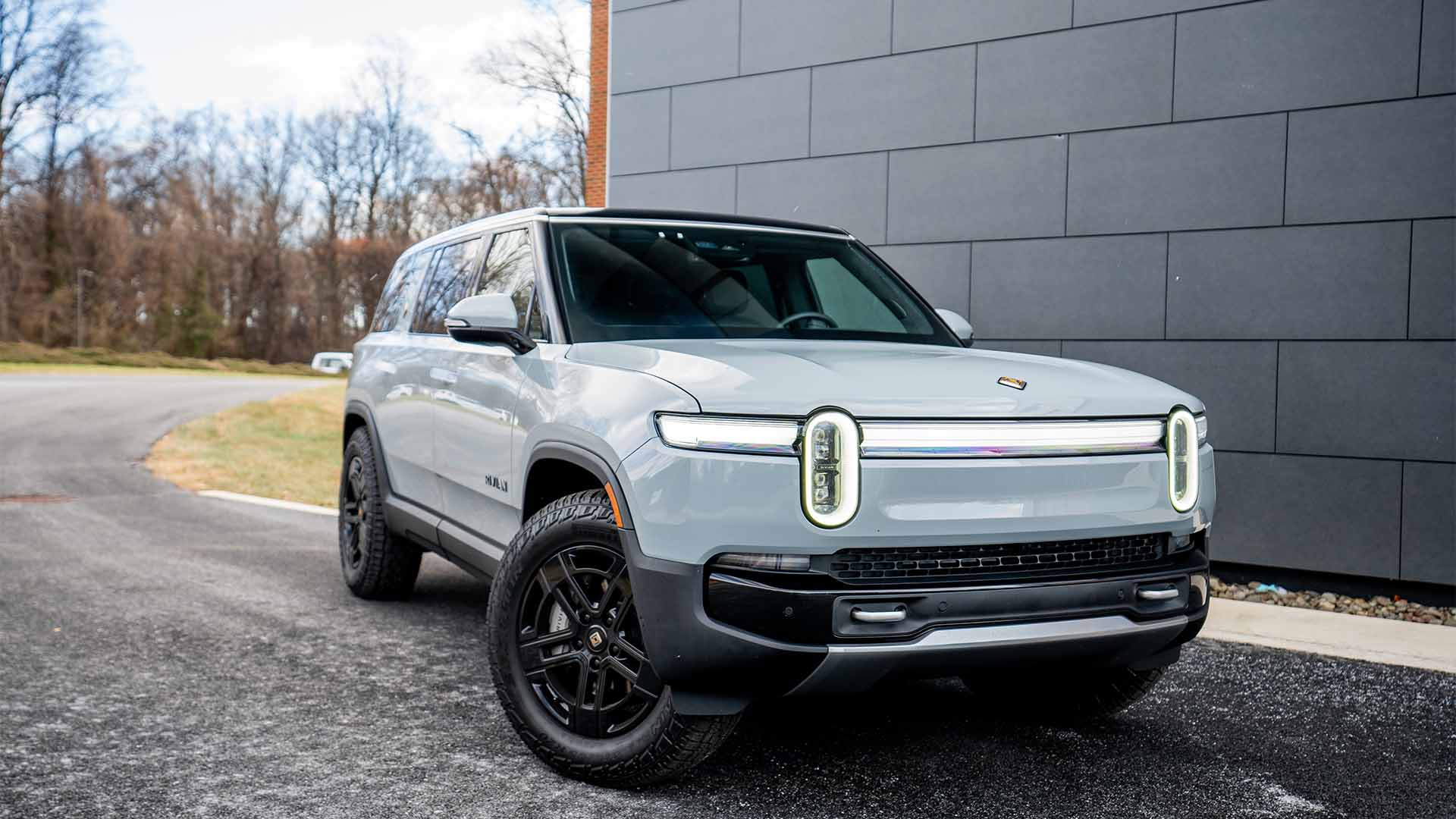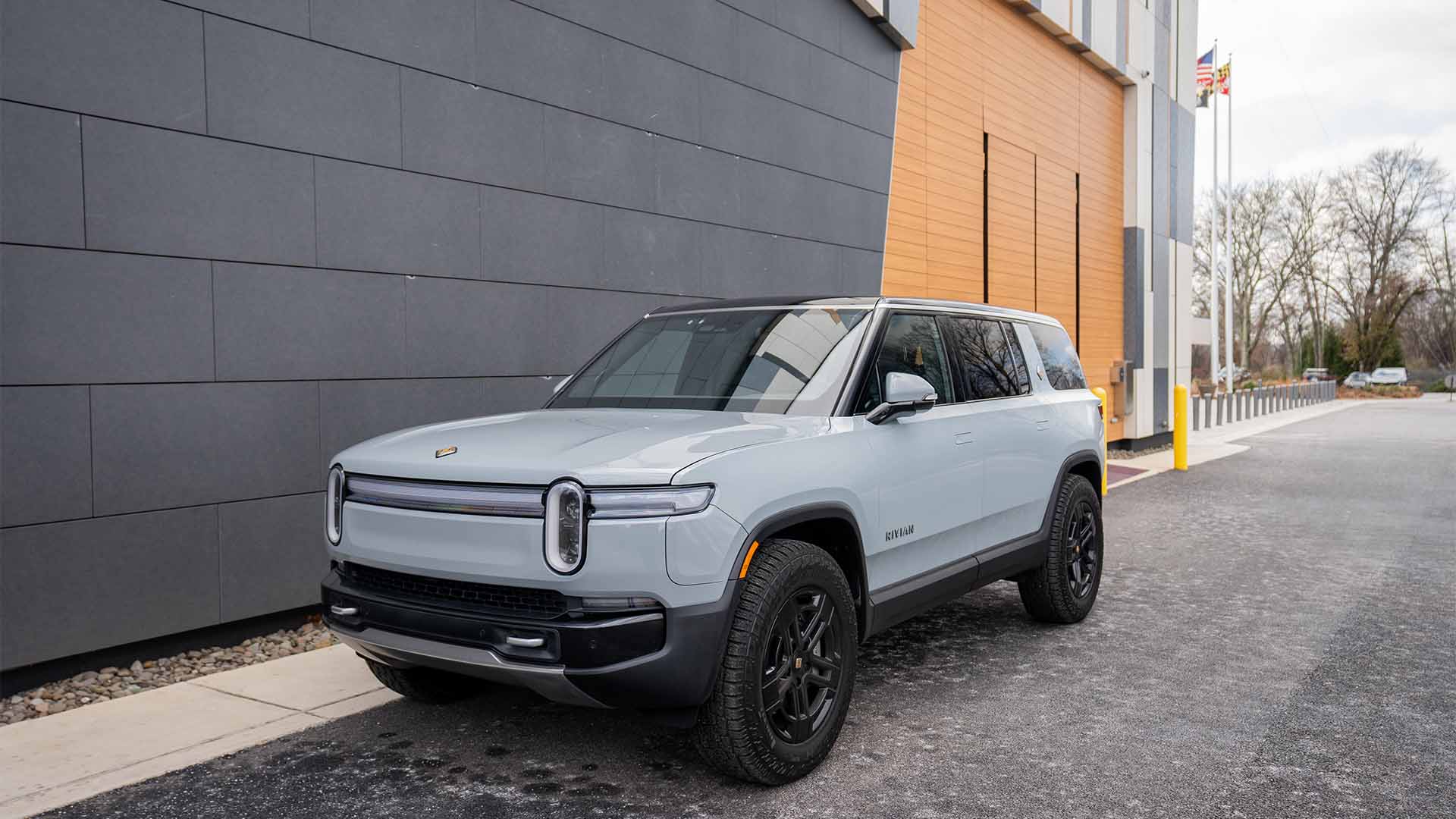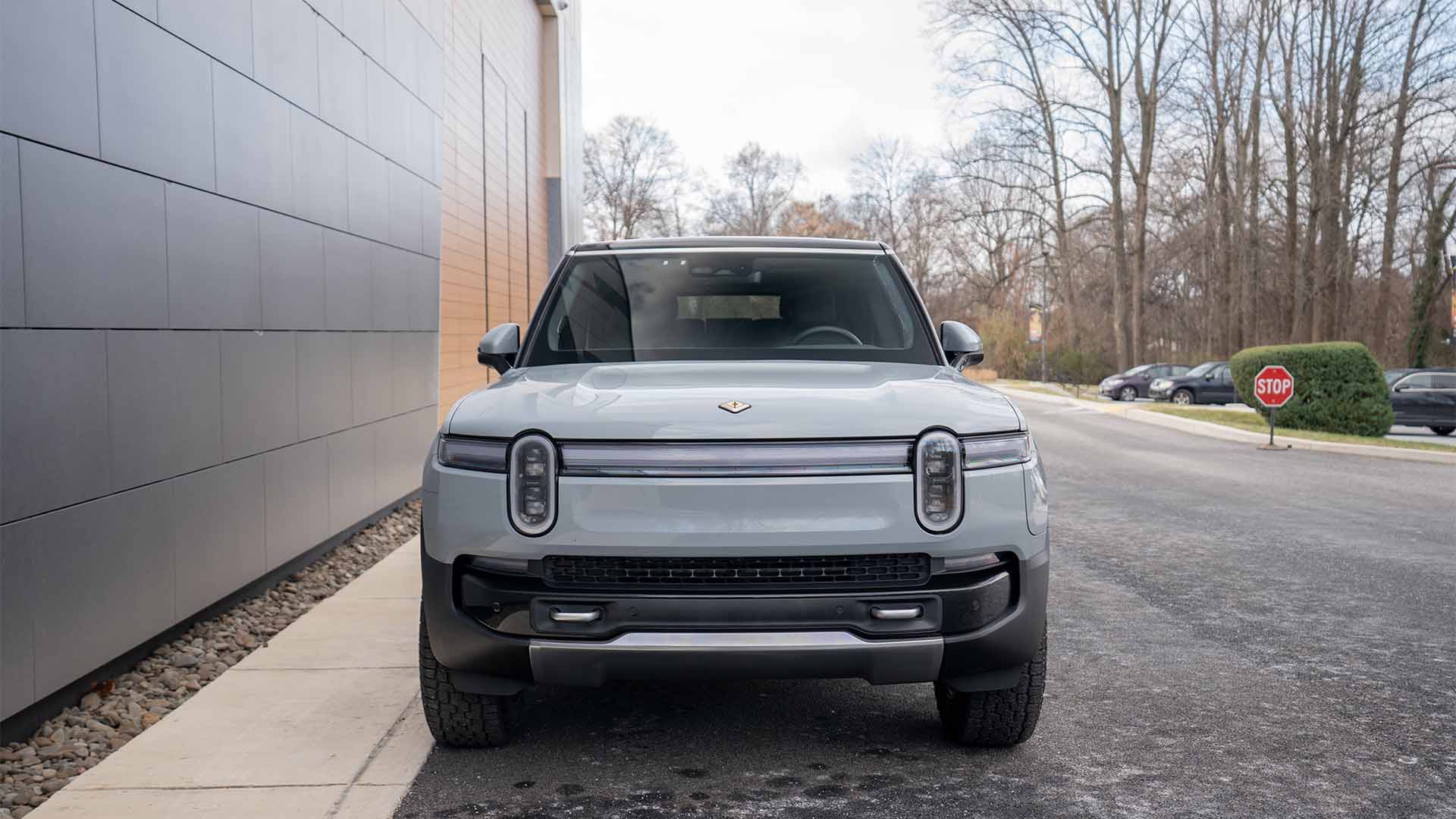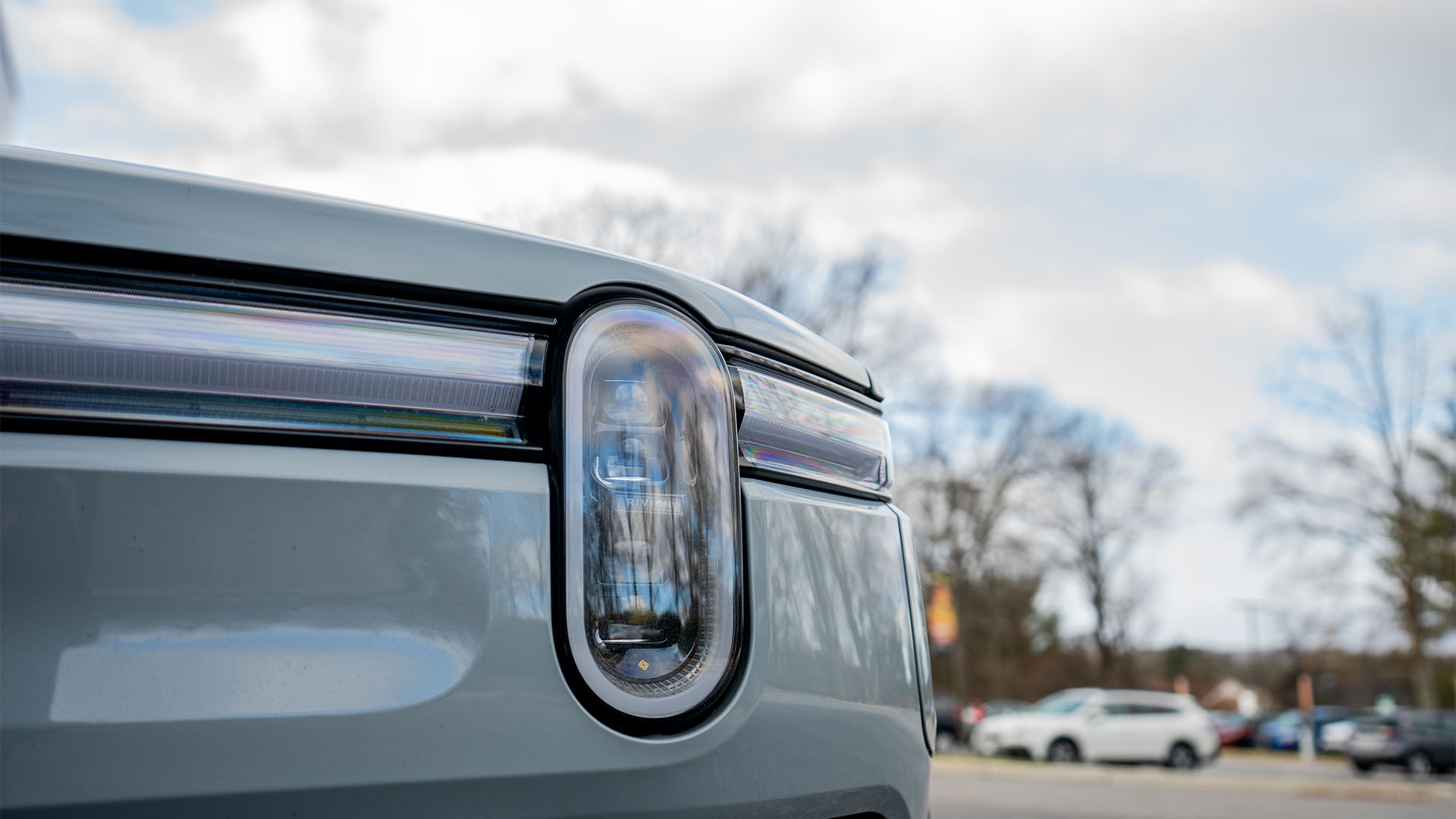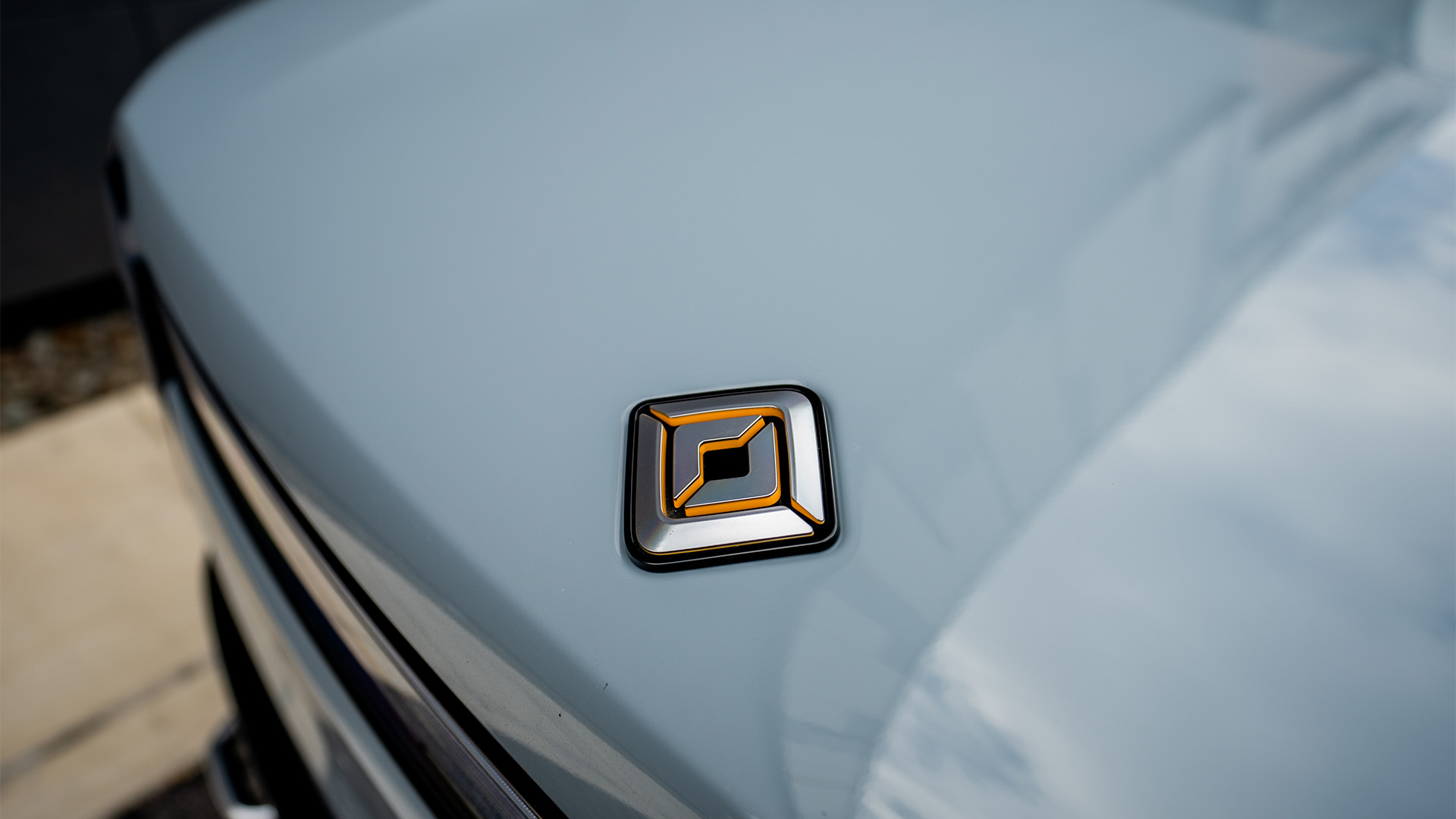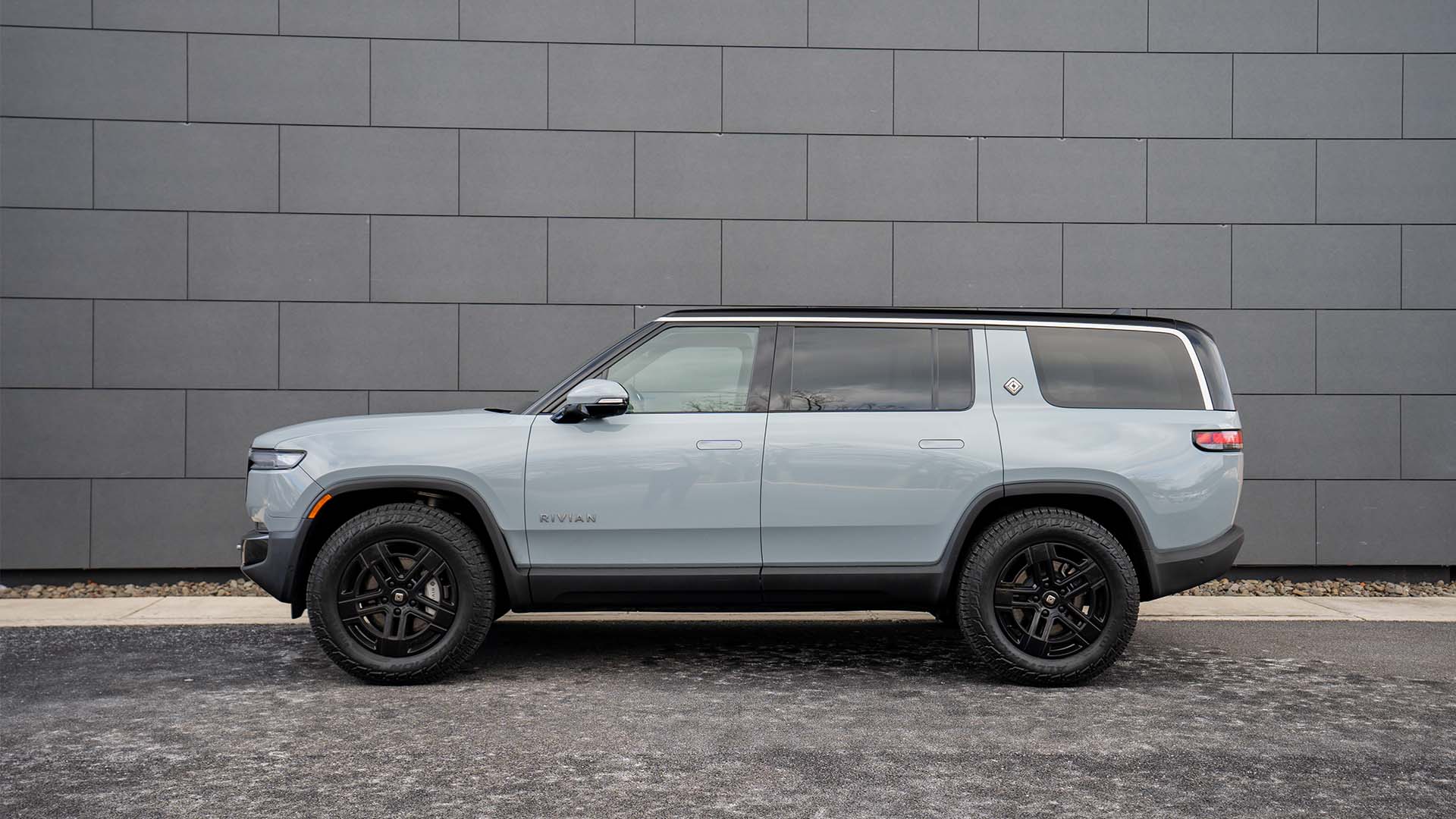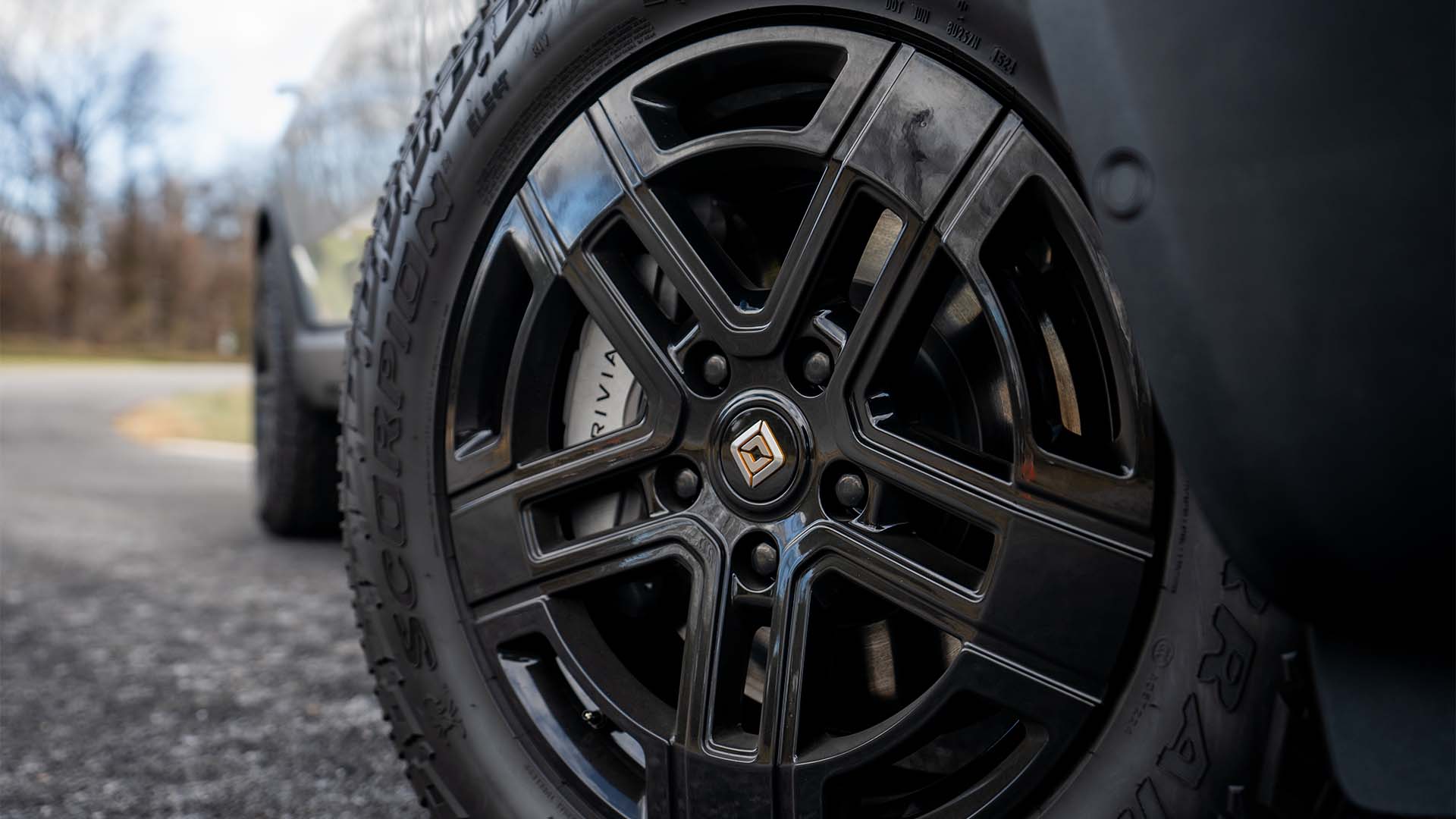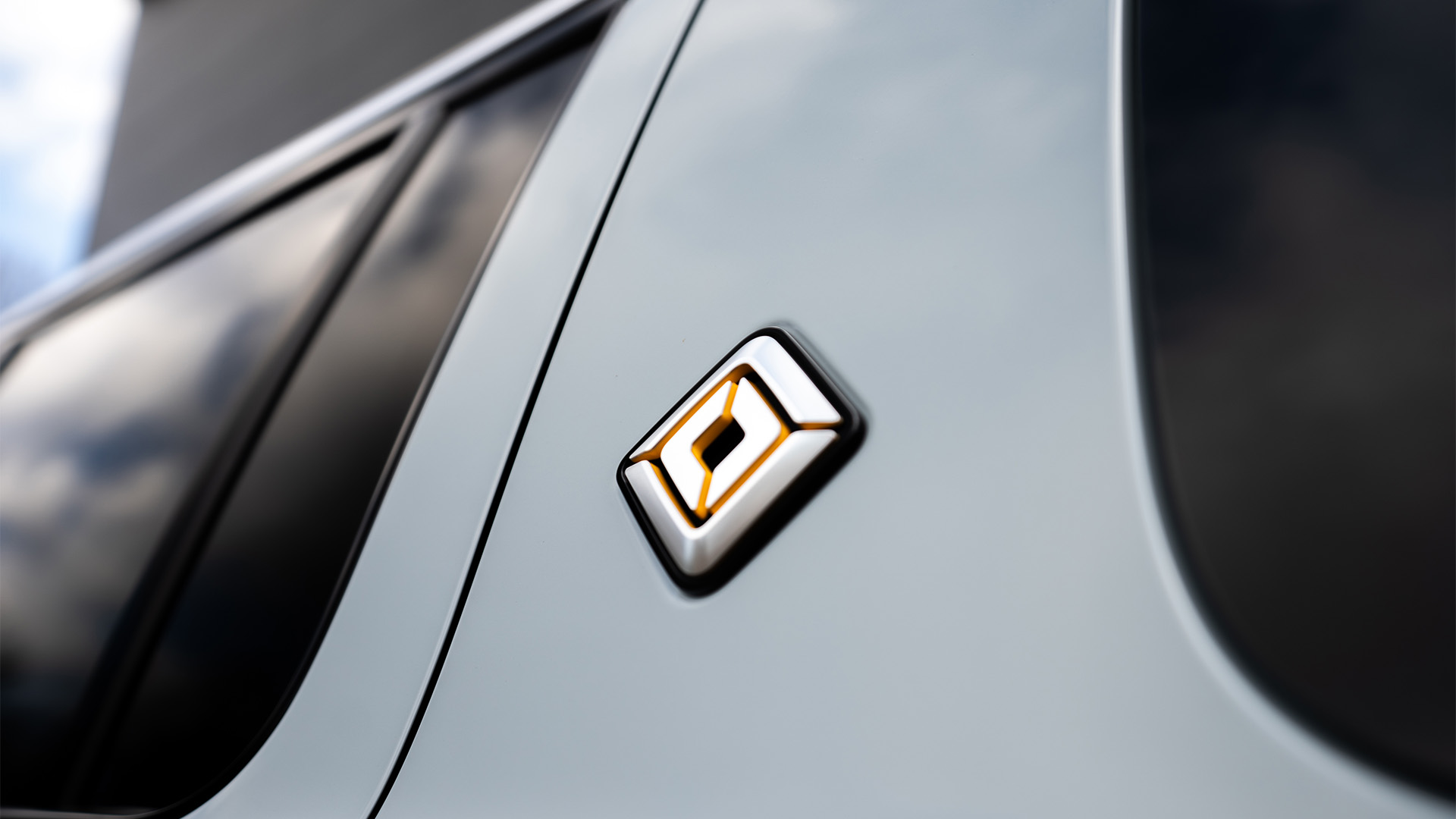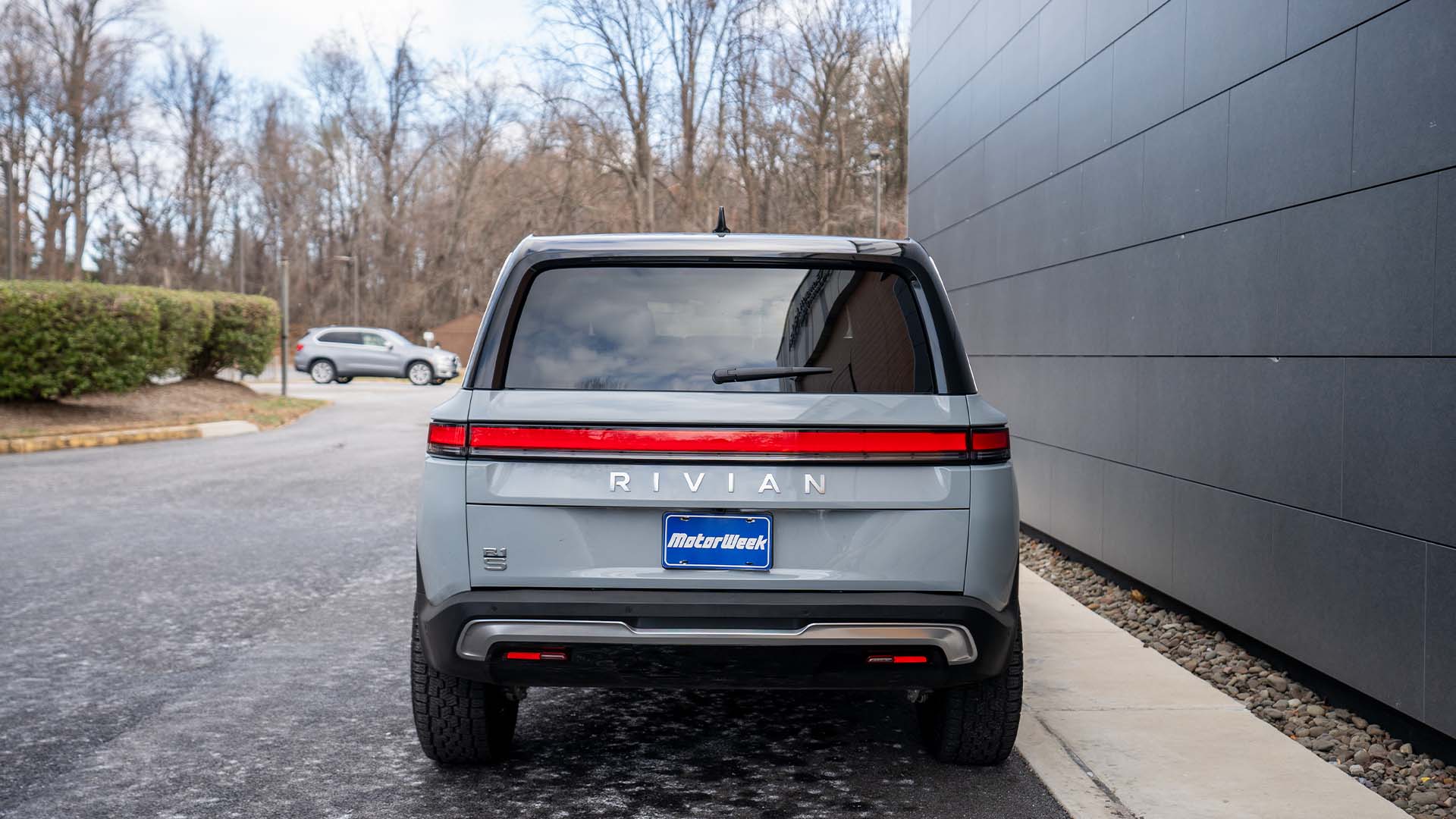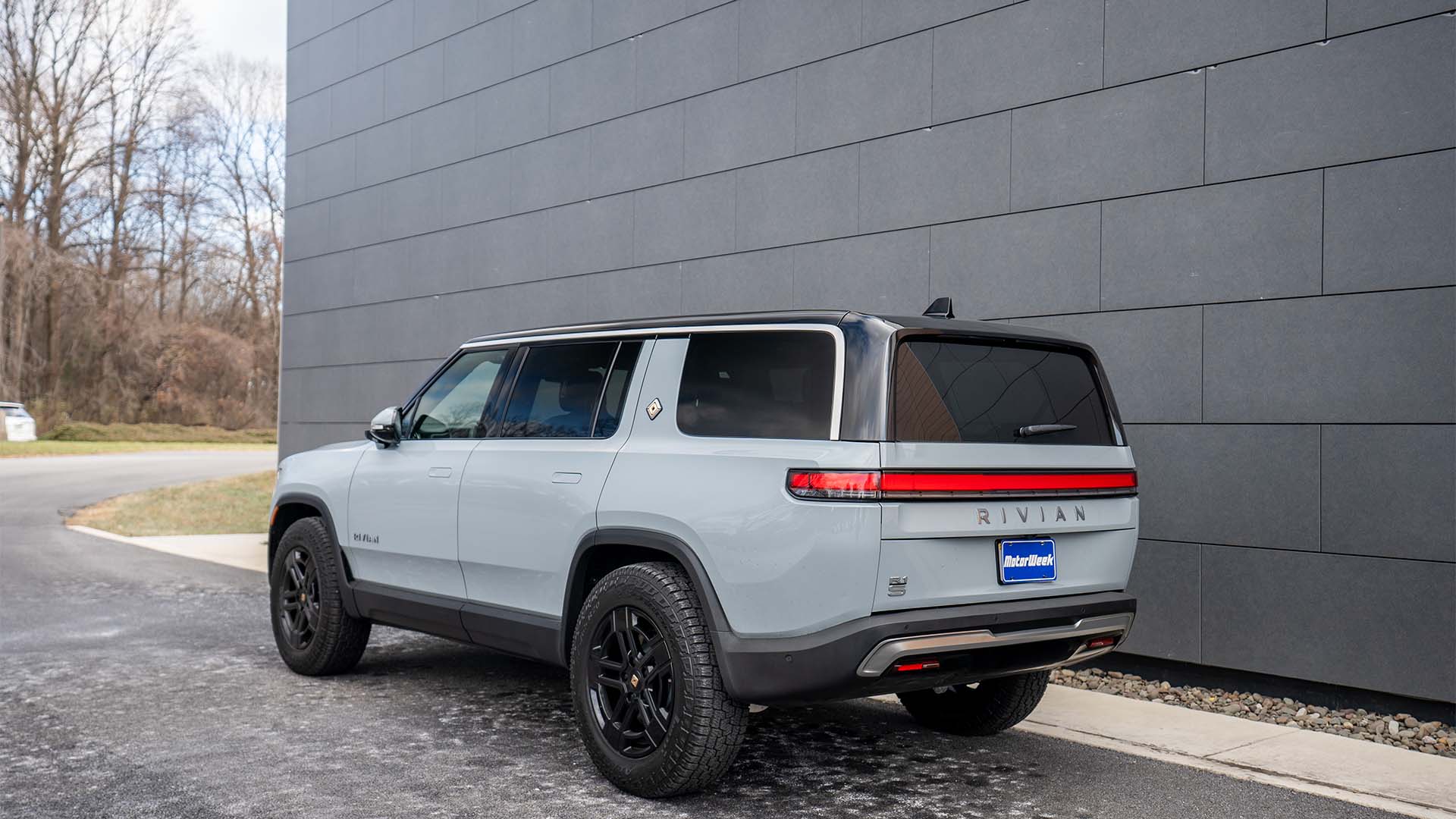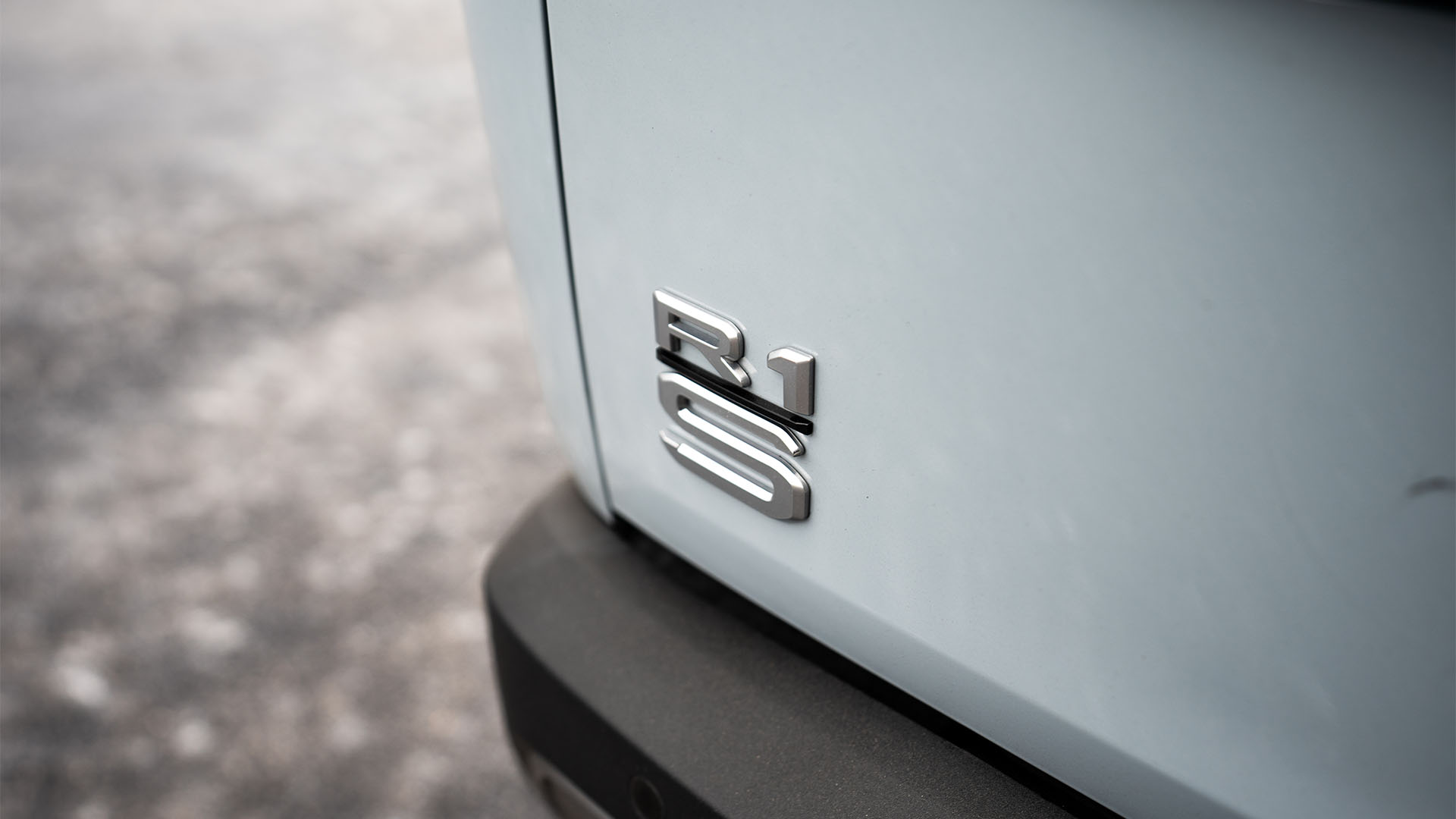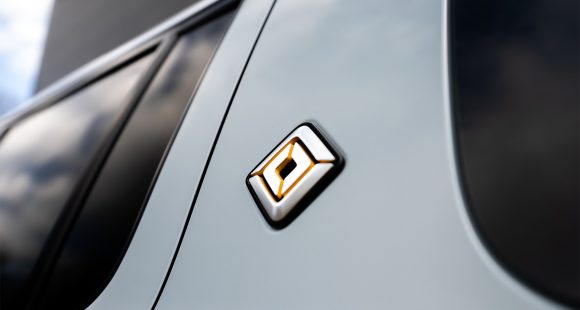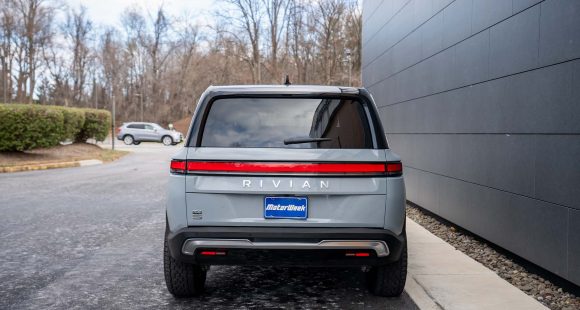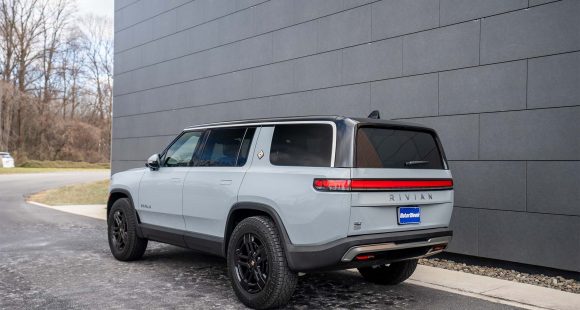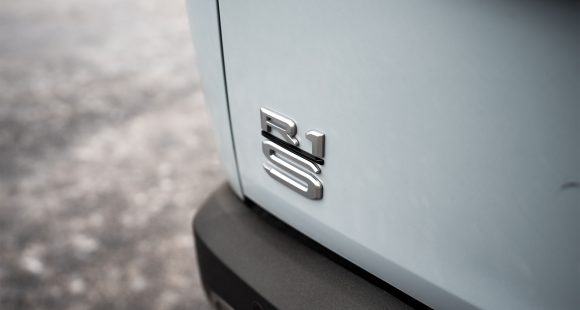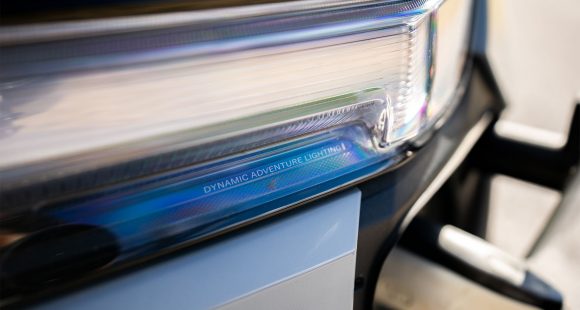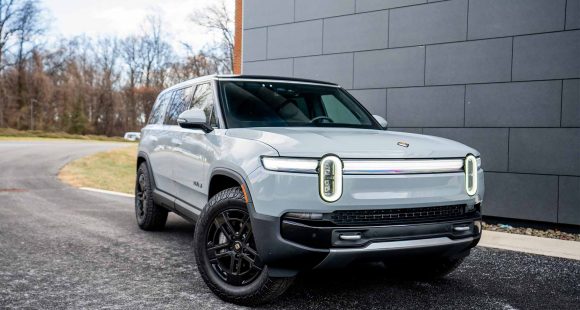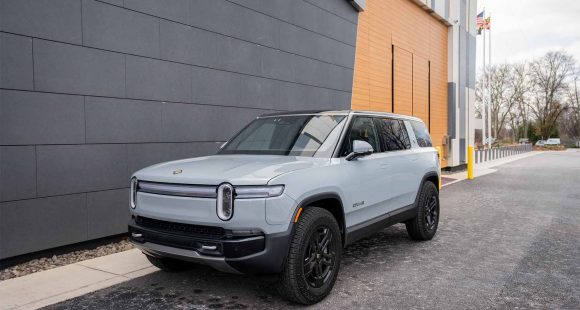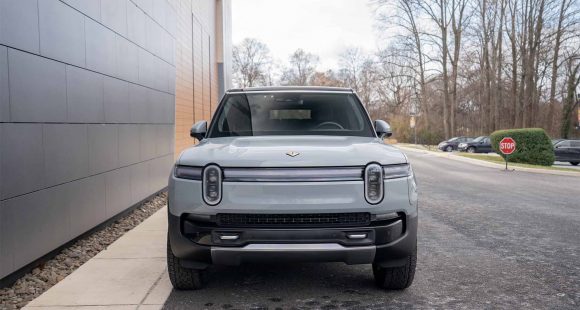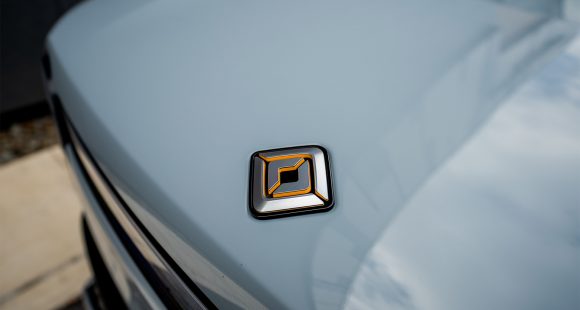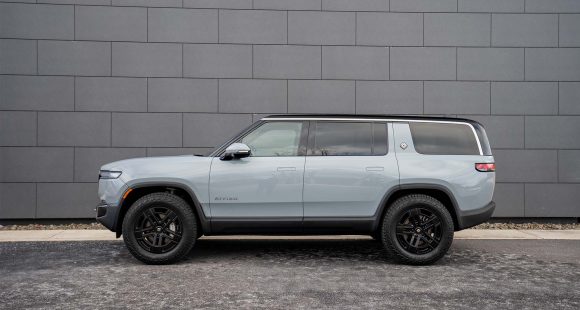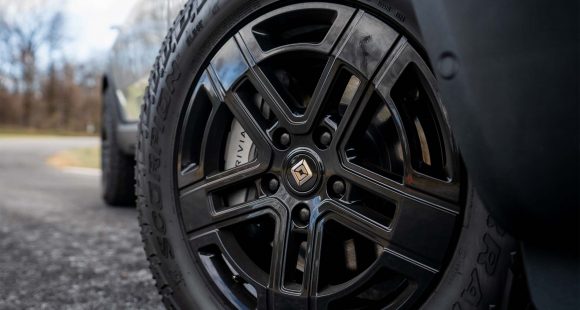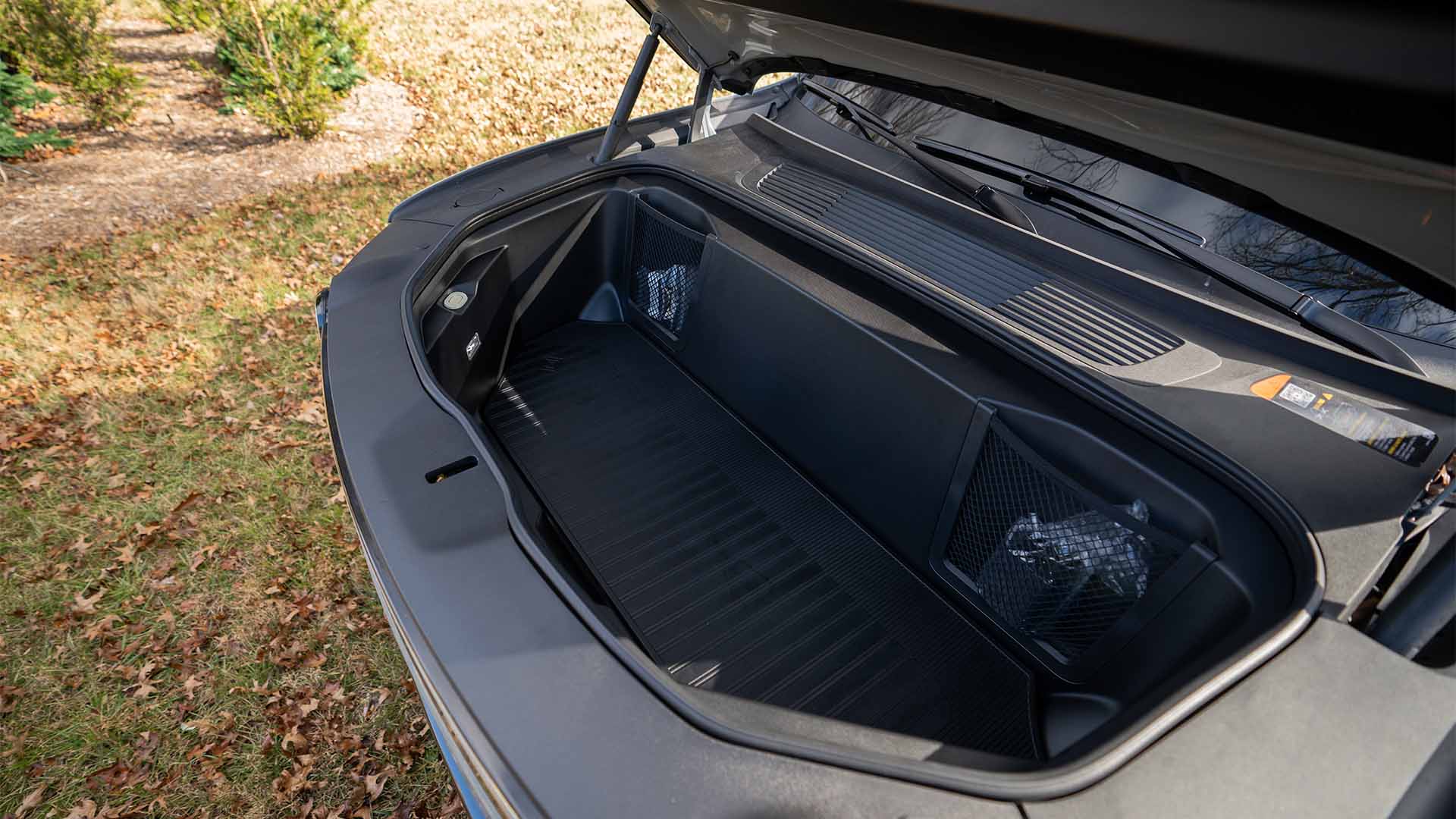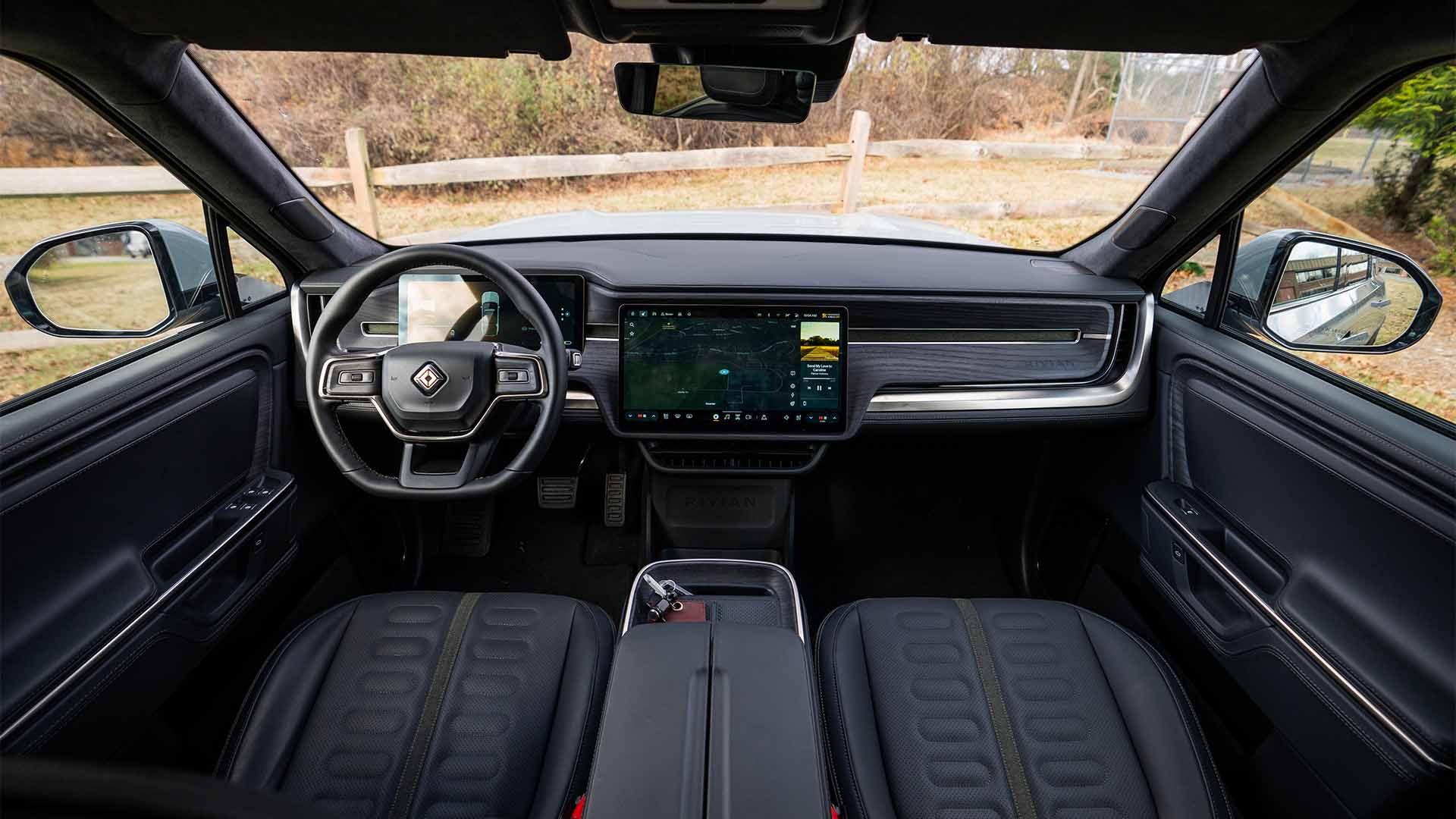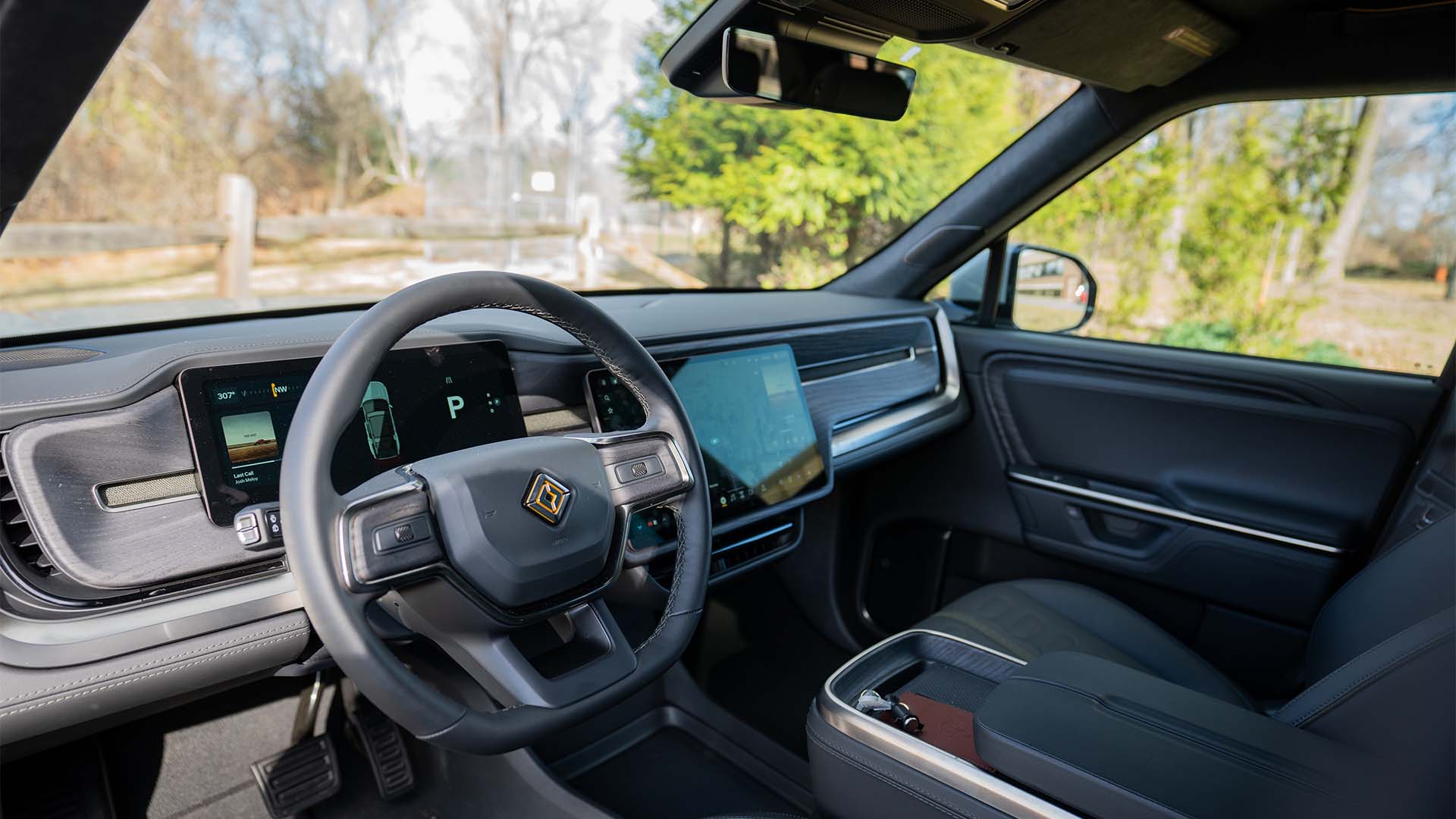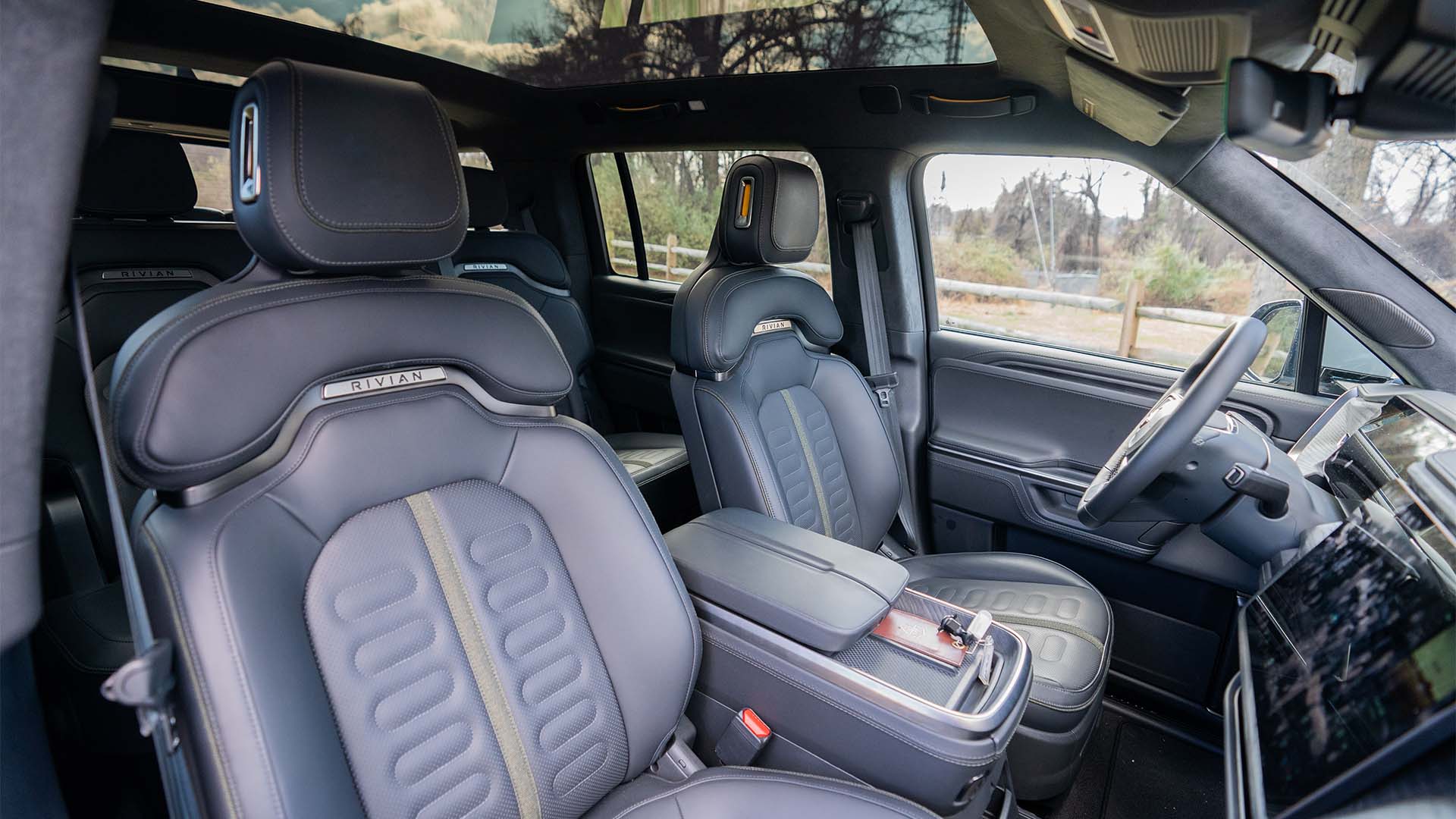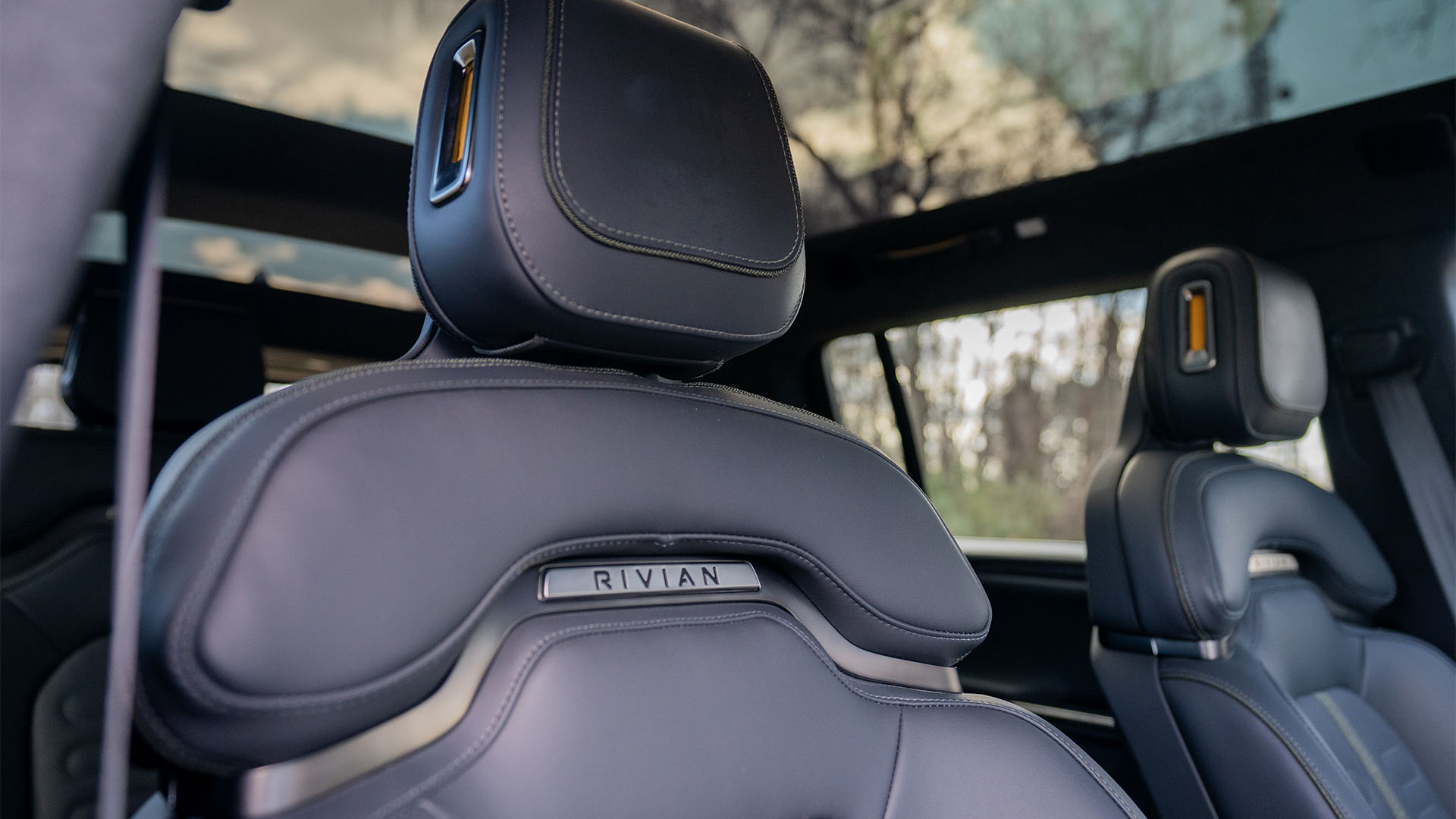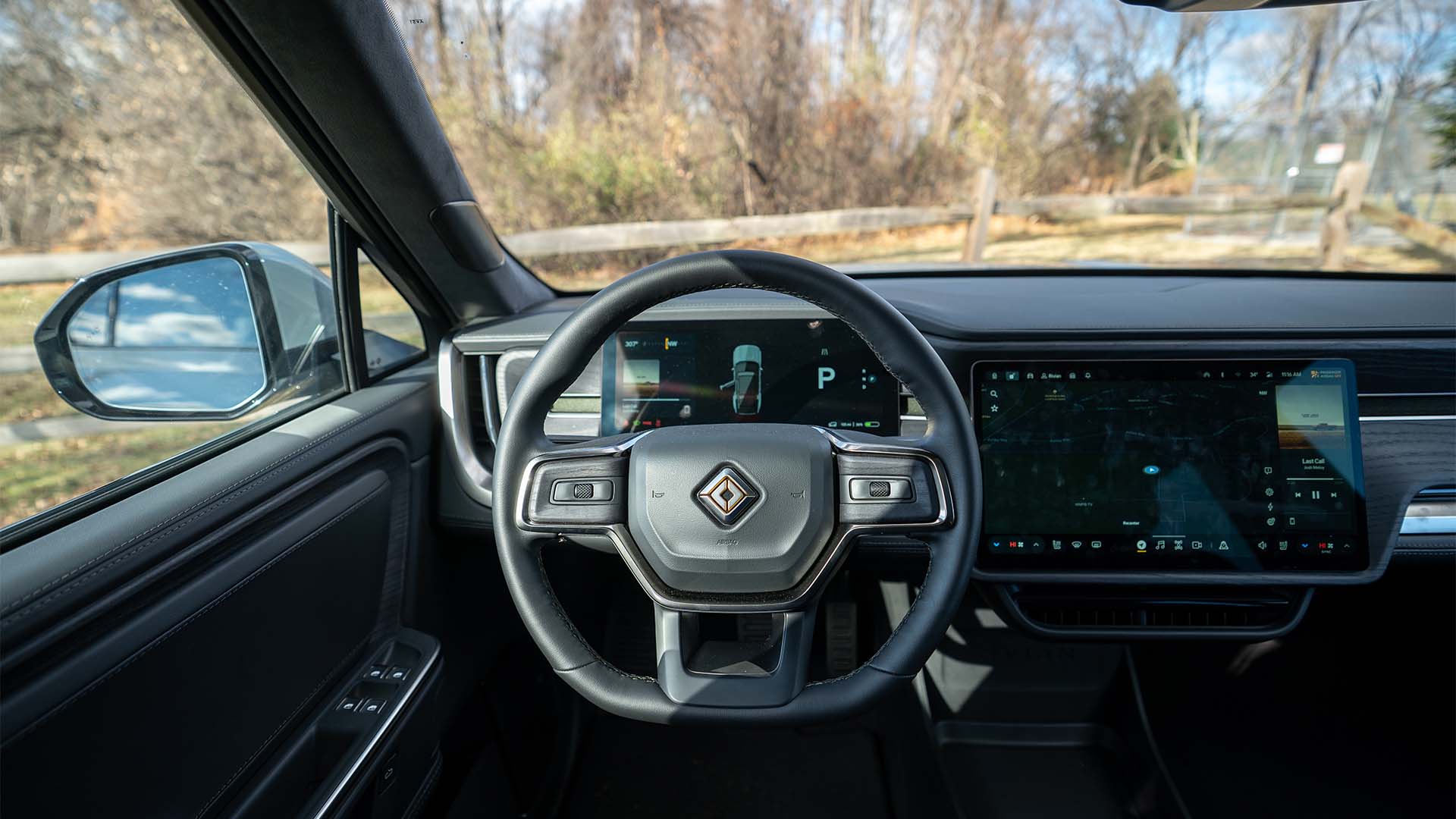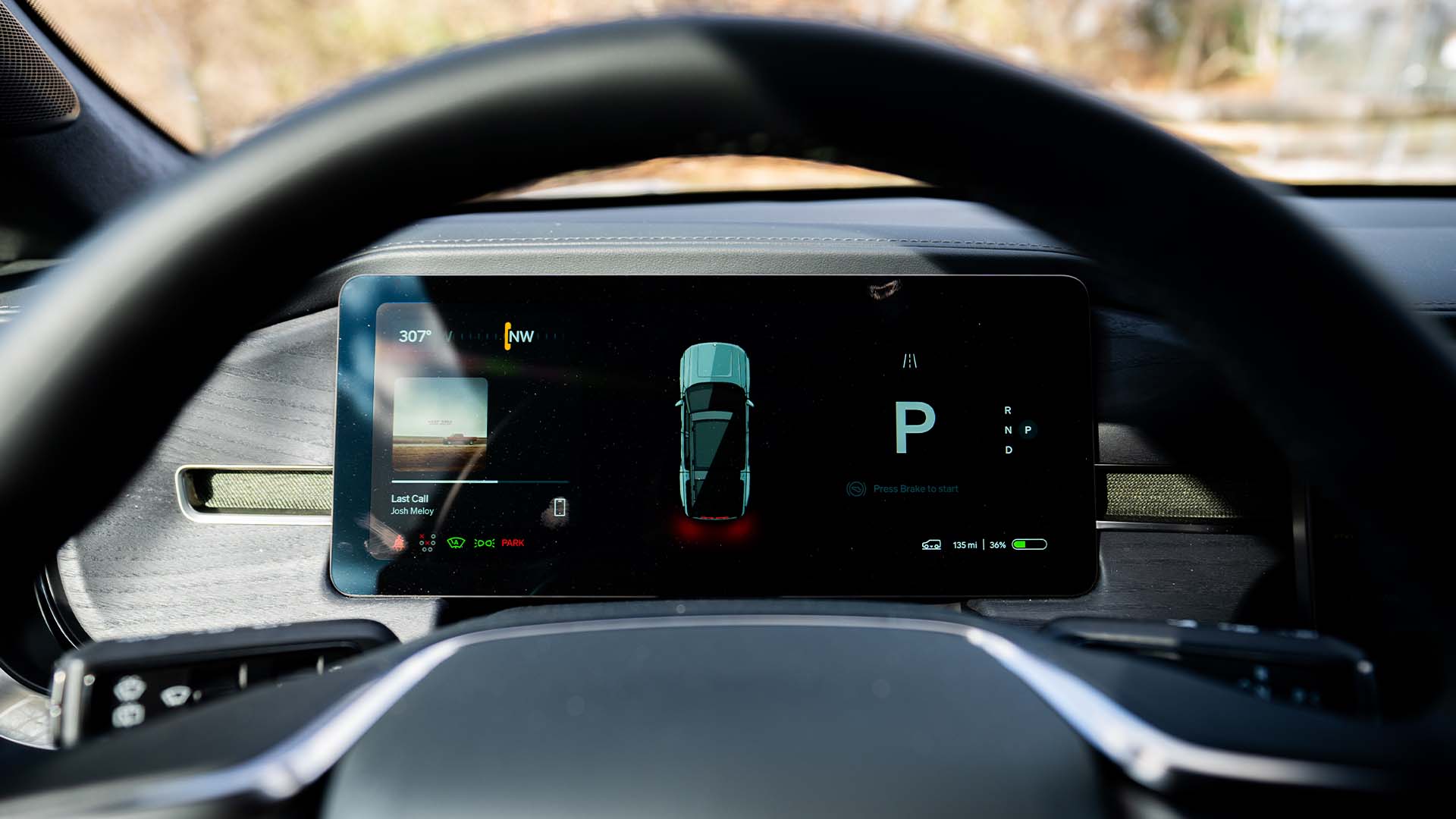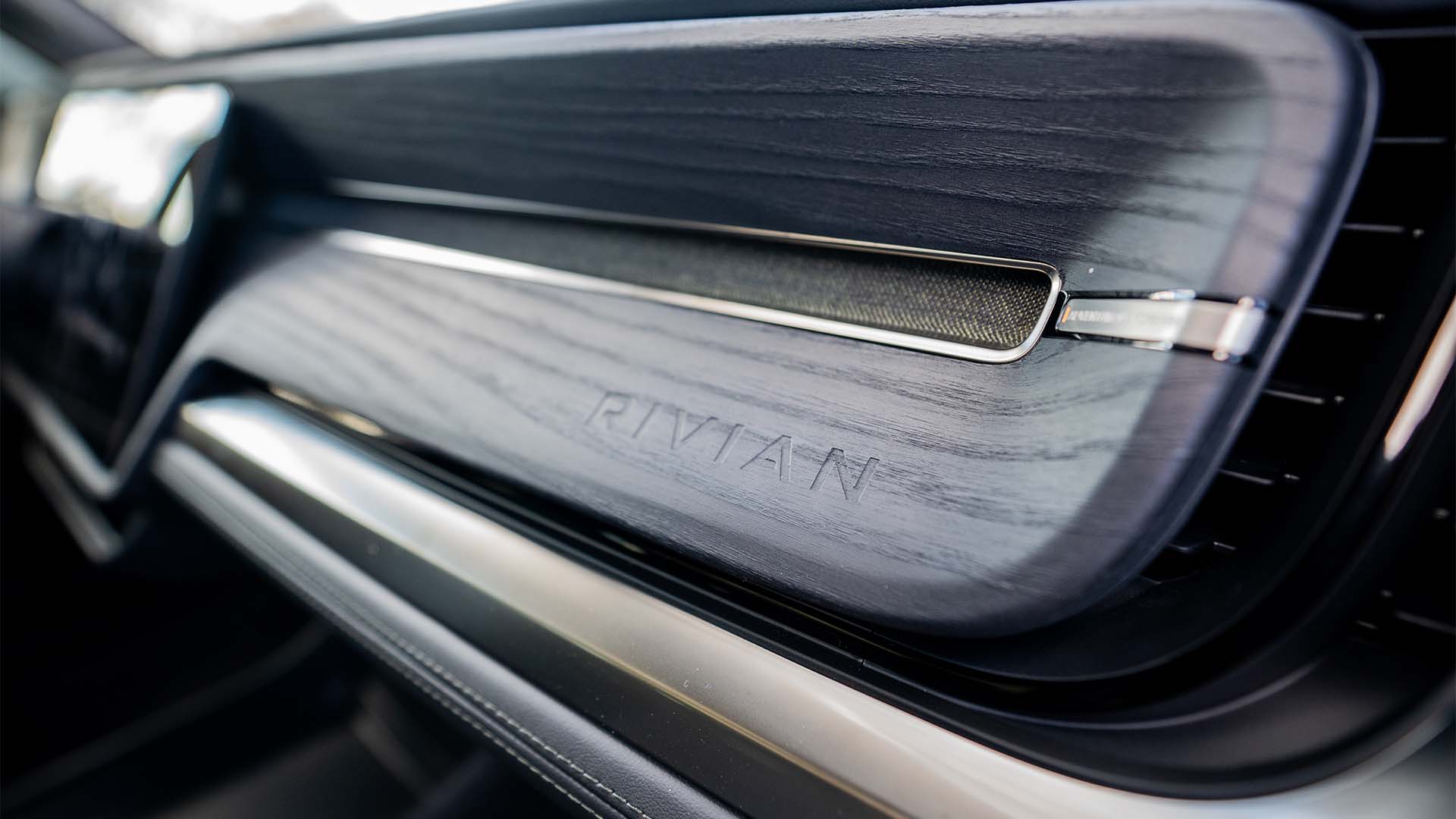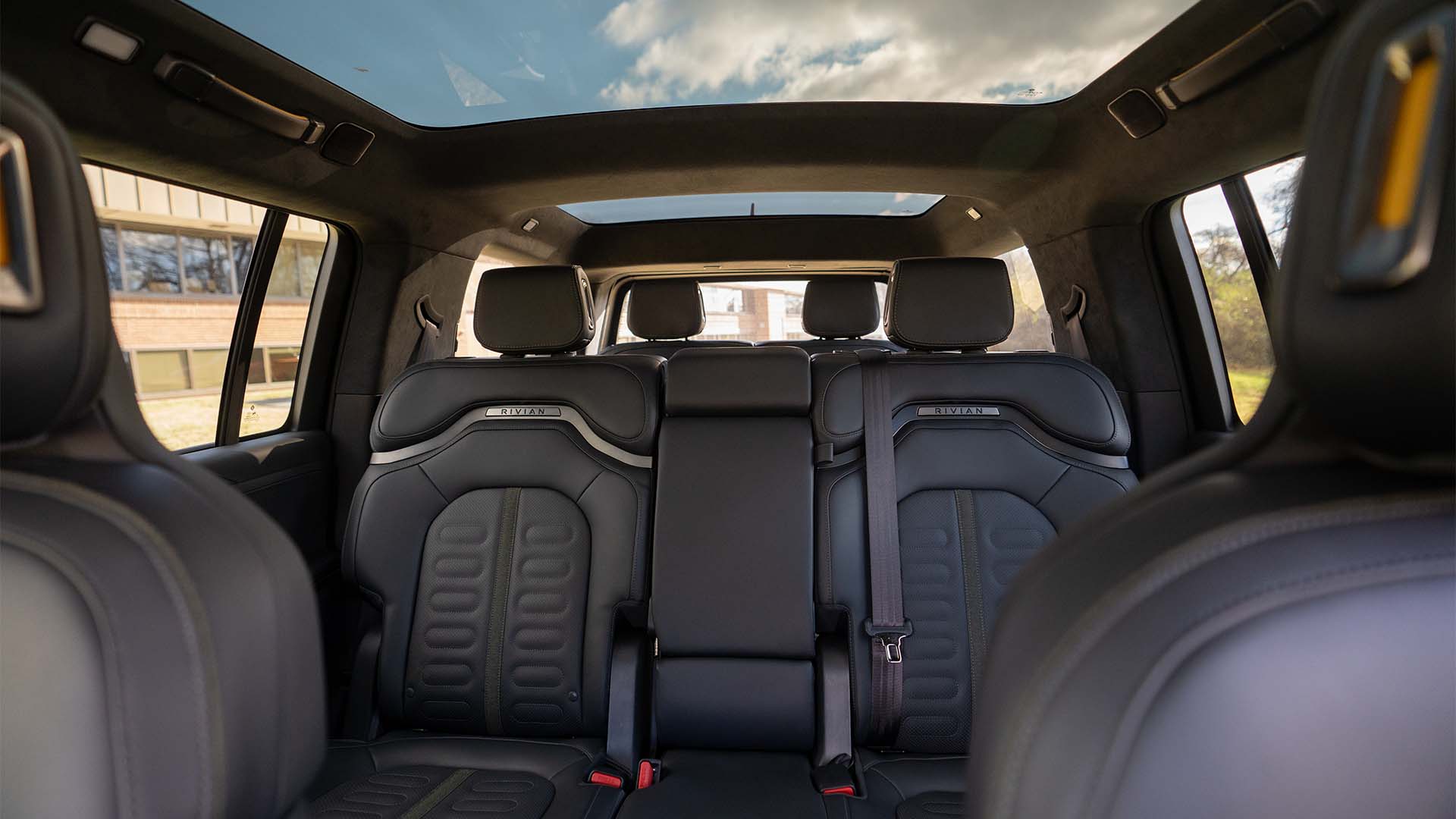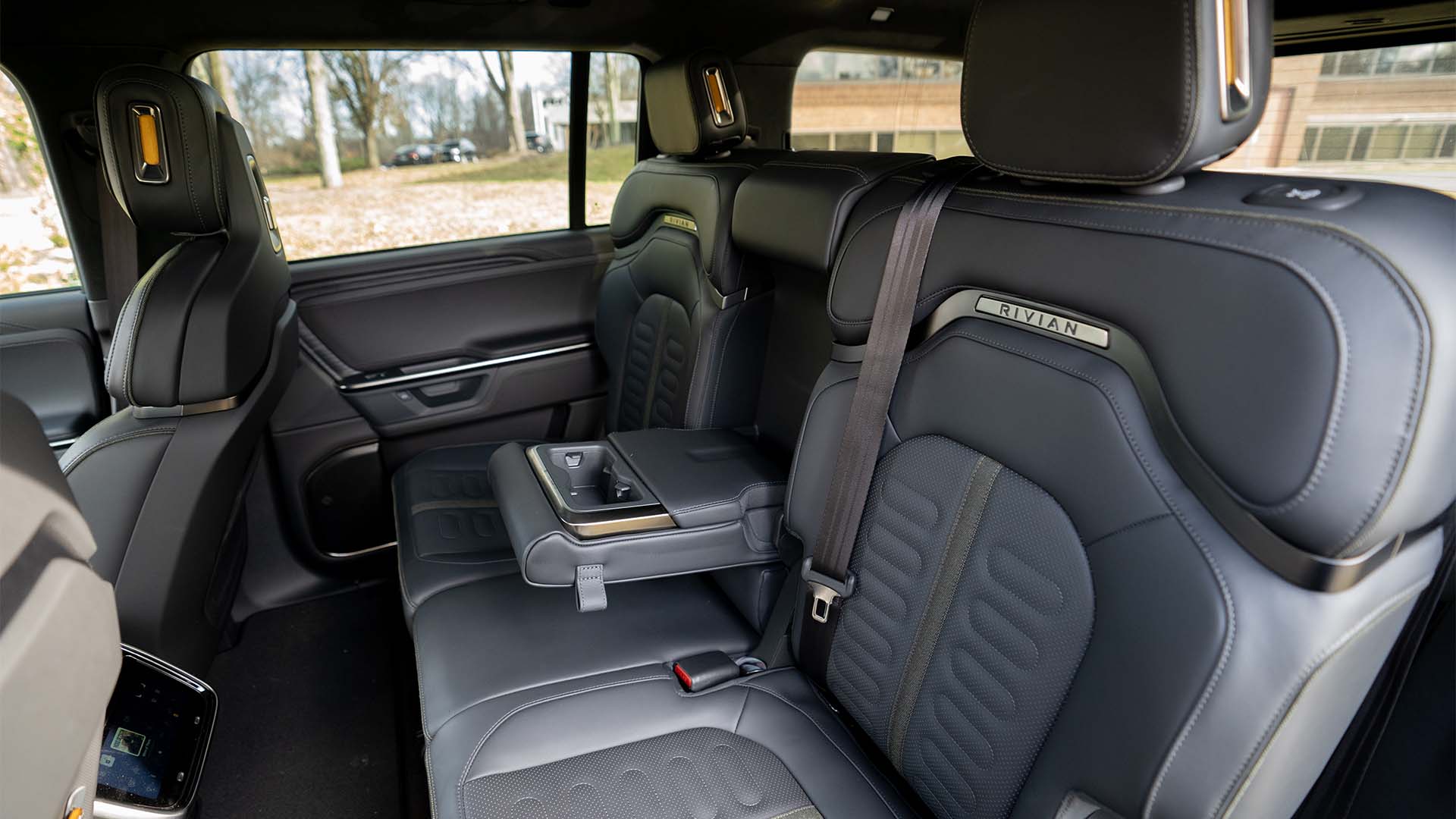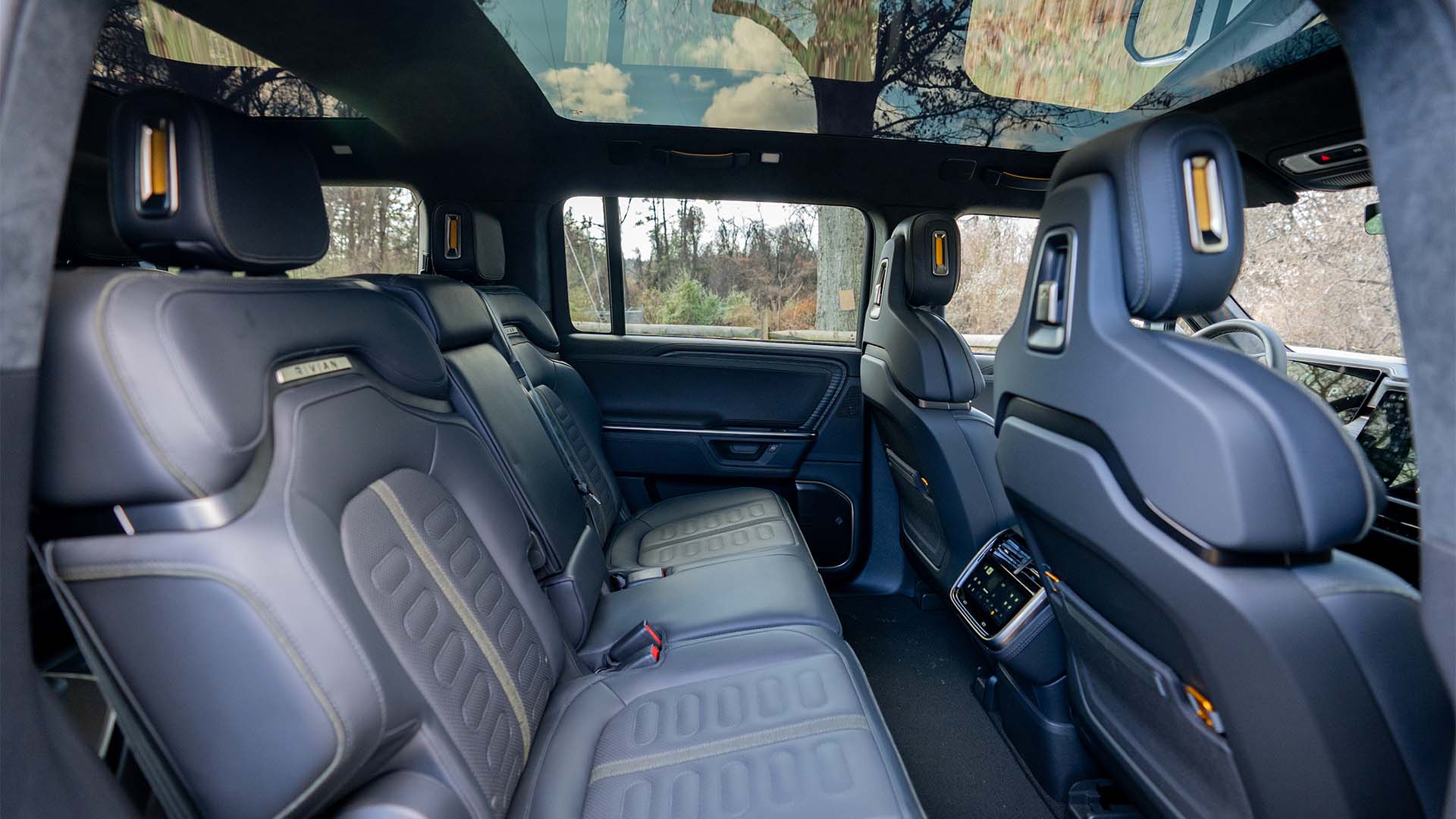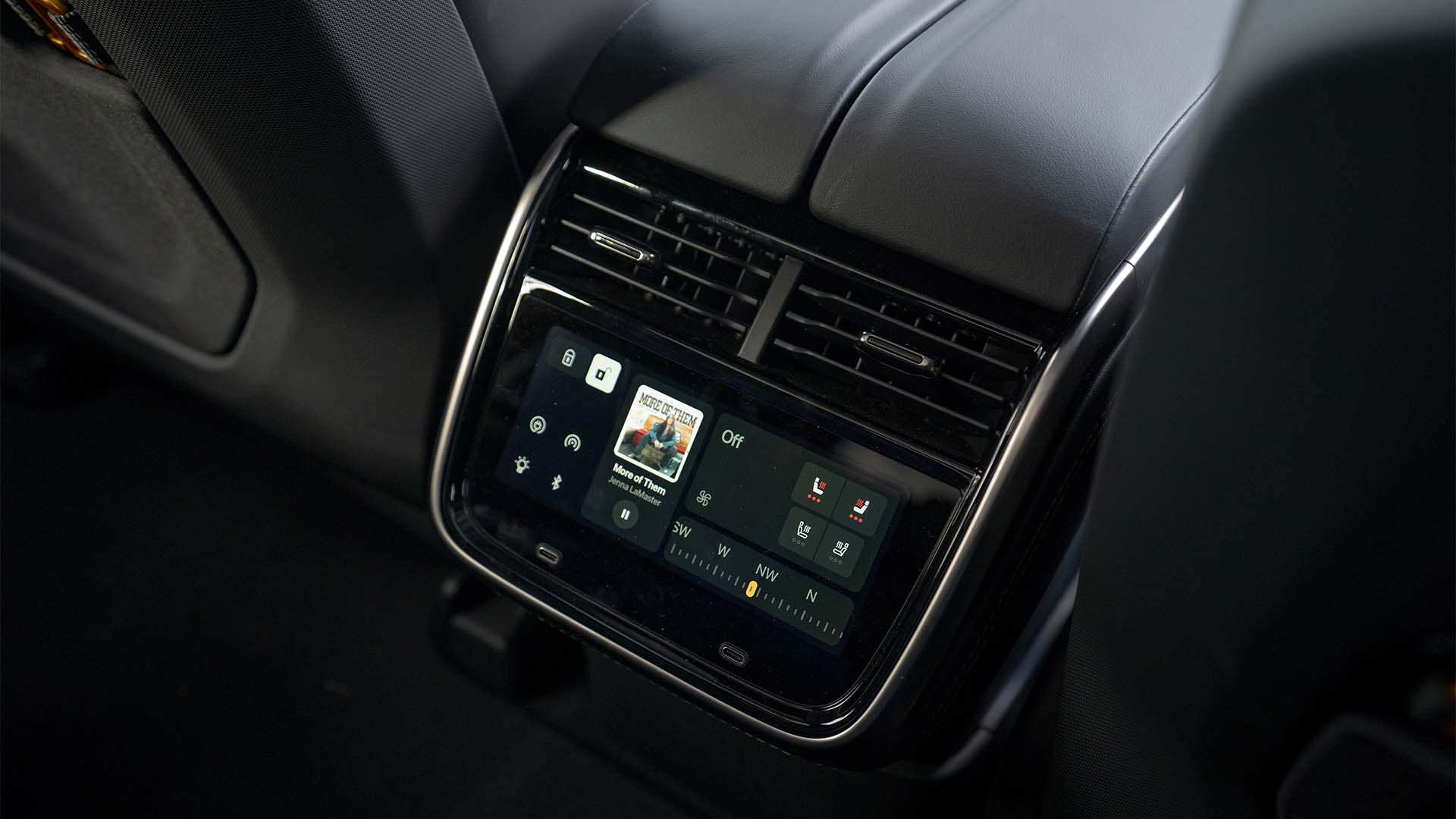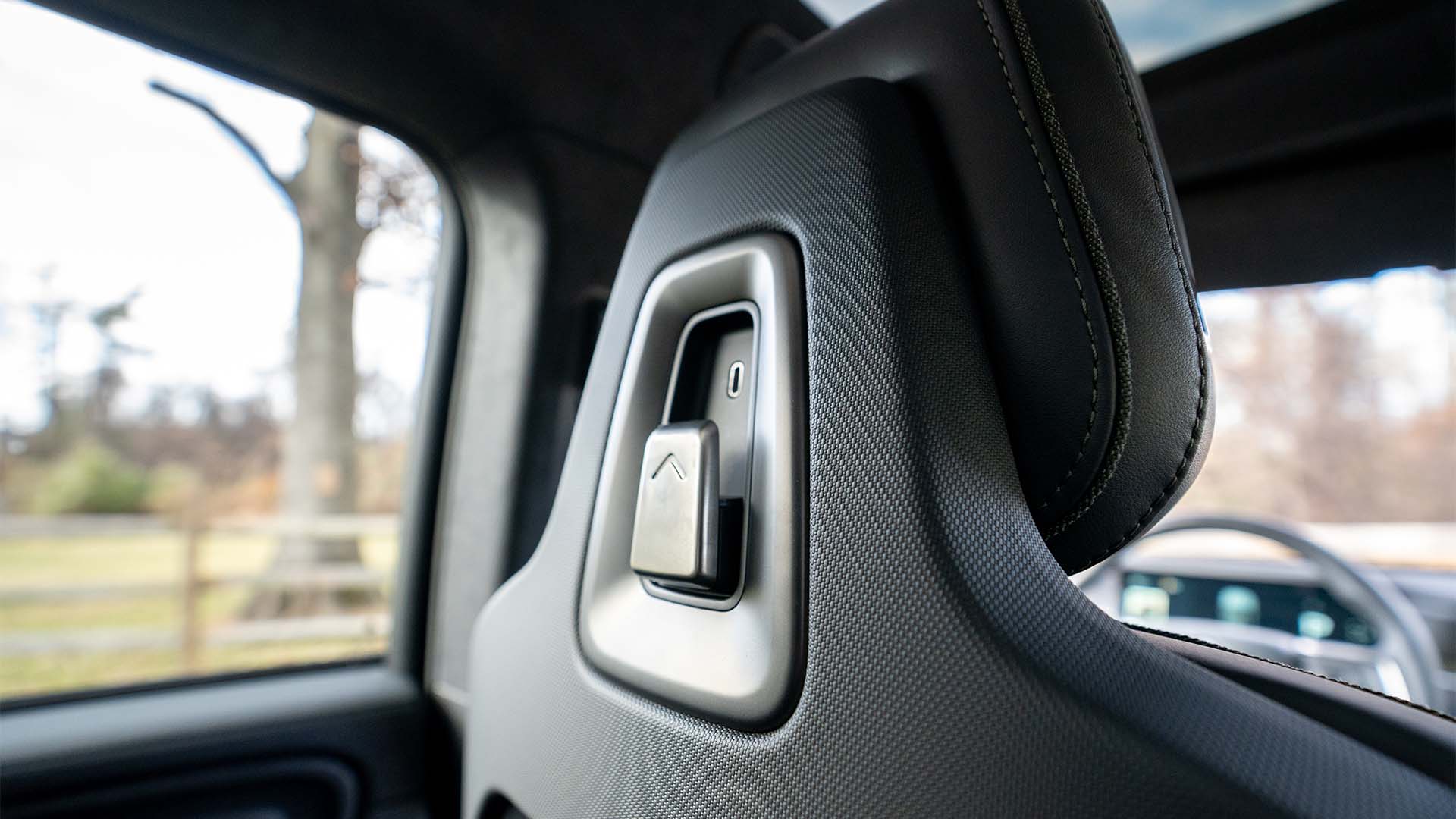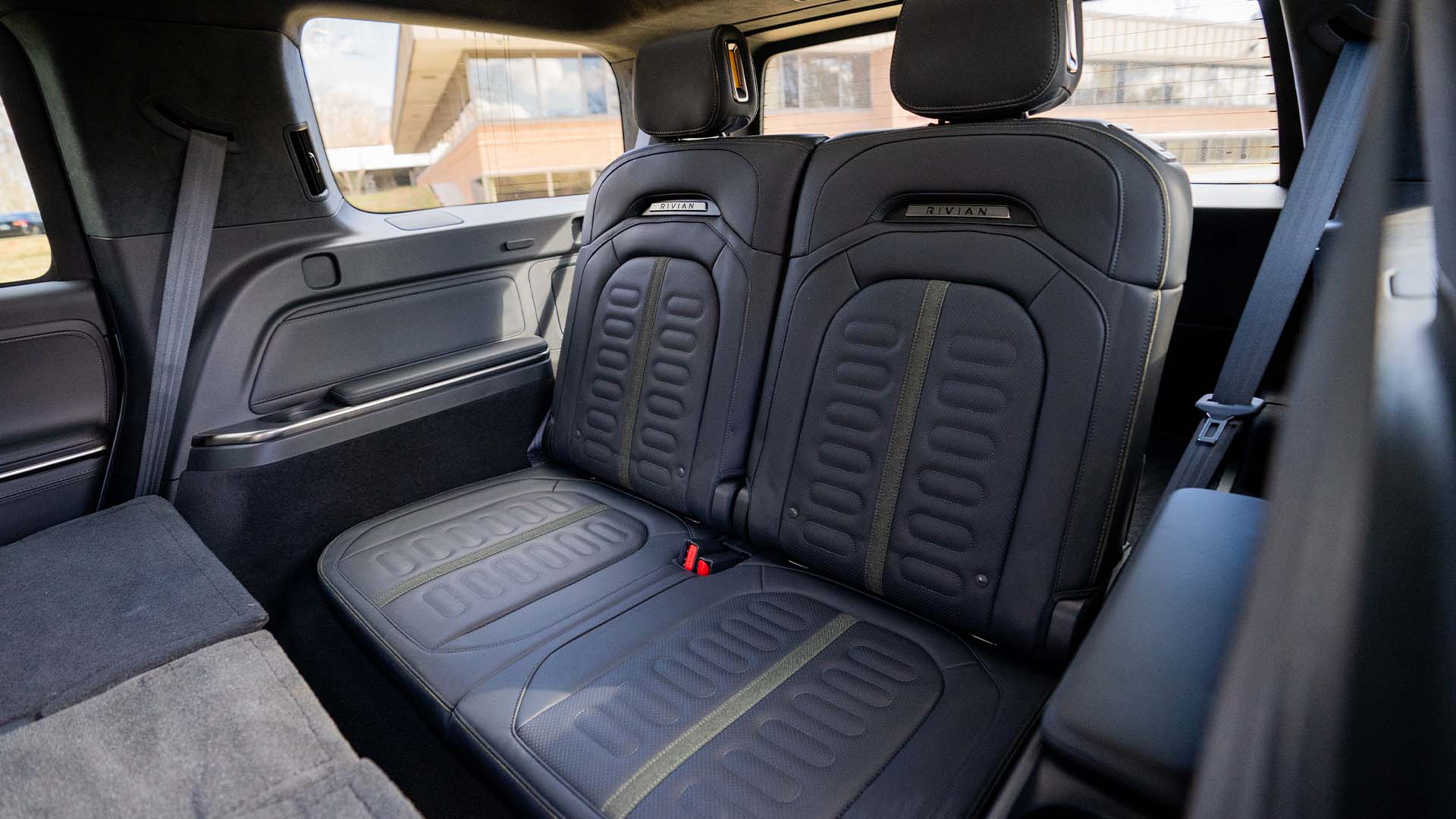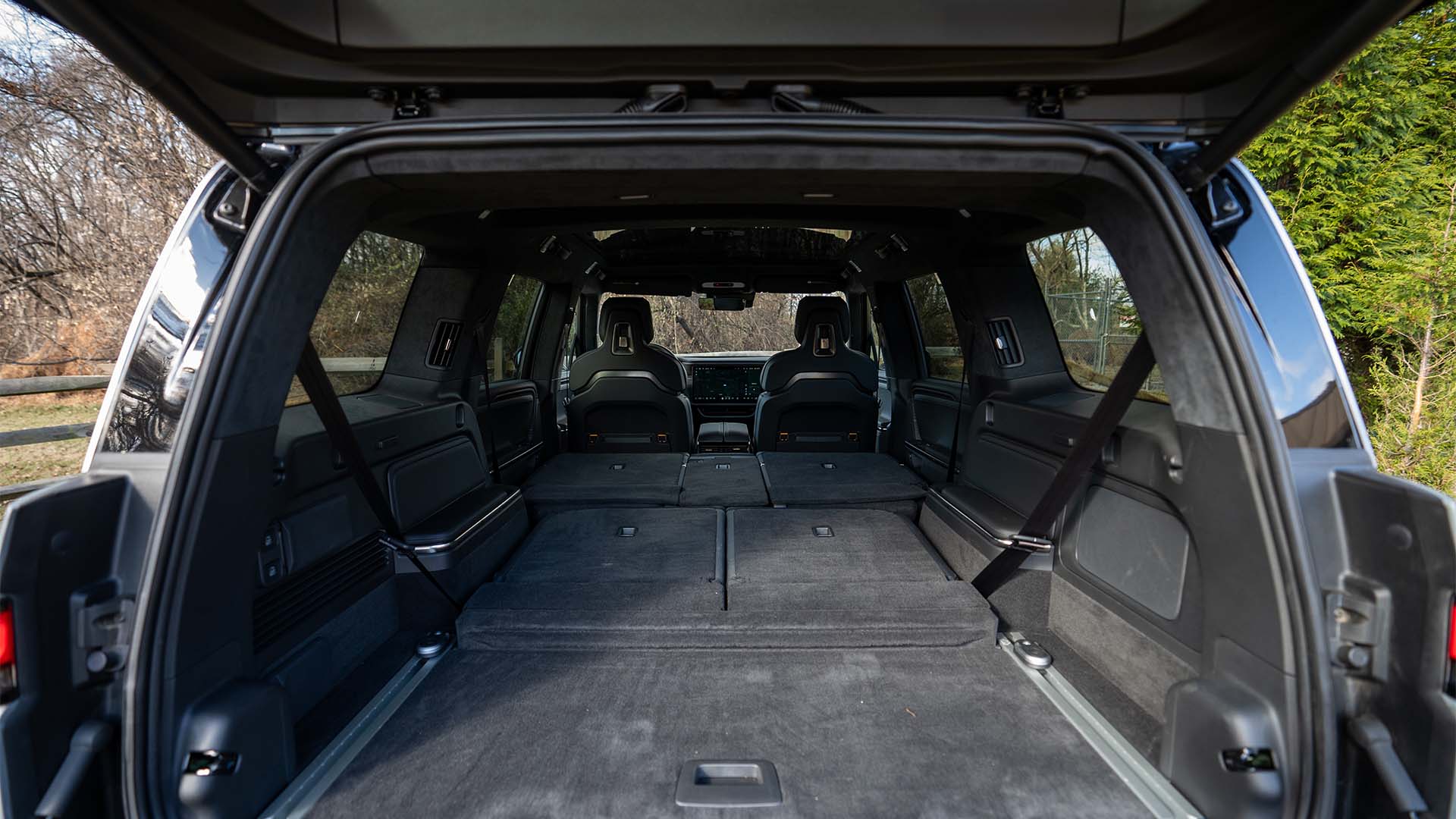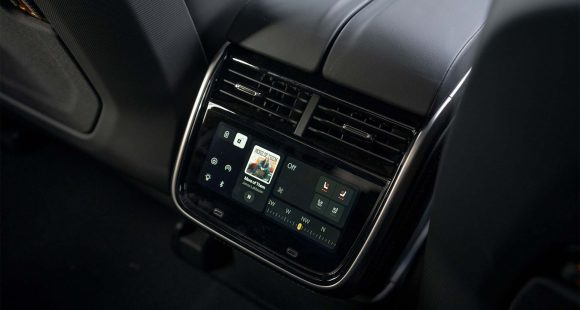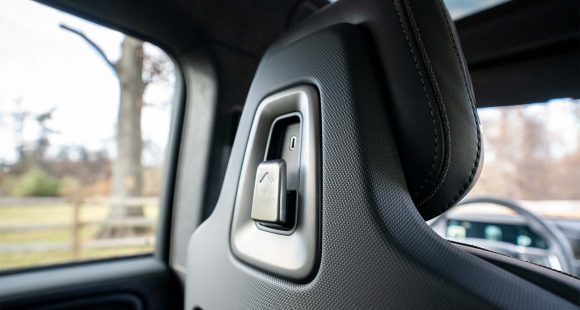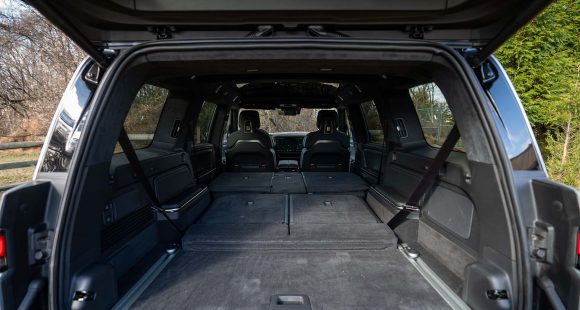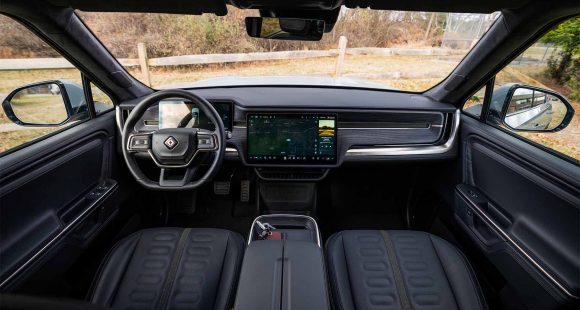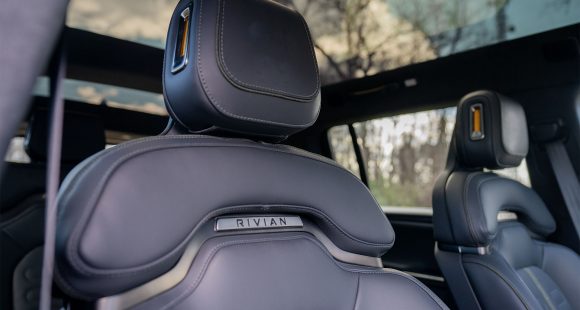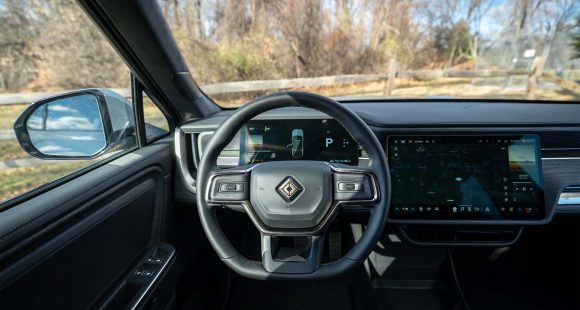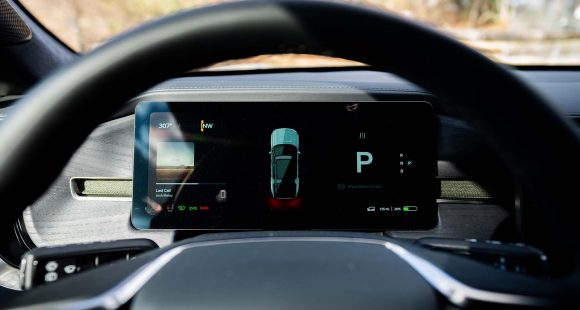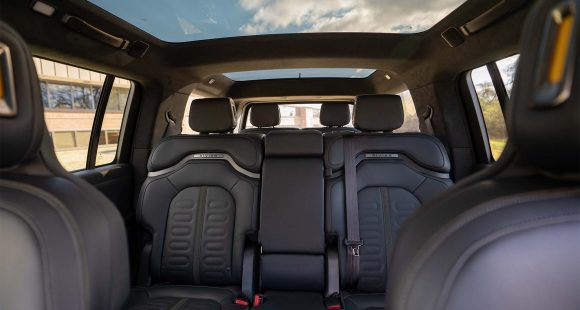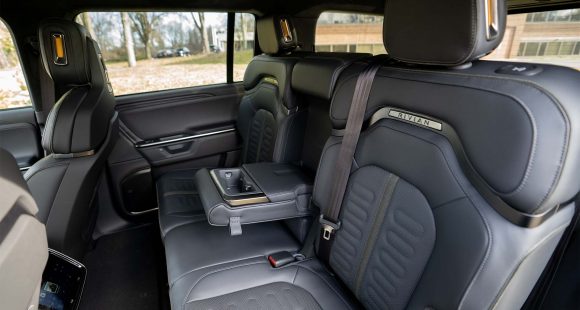2010 Porsche Panamera
It seems like the rumors of a four-door Porsche car have been dribbling out of Stuttgart for almost as long as MotorWeek‘s been on the air. Certainly, over the last three years, we’ve been fixated on every hint about the first sedan to wear the Porsche name in the firm’s 78-year history. Well, Porsche’s new flagship is no longer a rumor. This is the Panamera fastback sedan. Longer than a Cayenne SUV, it’s also the biggest Porsche ever. So, can any car this large perform like a true Porsche? Well, now’s our time to find out.
The 2010 Porsche Panamera takes its name from the legendary Carrera Panamericana race of the 1950s. While Porsche calls its first Gran Turismo a 4-door sedan, it actually has a rear hatch that makes five. But that’s only part of why Panamera’s styling is polarizing. While unmistakably Porsche, it’s on the conservative side, which should fit well-heeled sedan buyers. Frankly it also reminds us of a C6 Corvette-at the headlights, hood bulge, and even the side scoops.
With its long 115-inch wheelbase, and 195.6-inch overall length, the profile does start off coupe-like. But it becomes more tear drop towards the rear to allow for adult-sized backseat leg and headroom, something the rival Mercedes-Benz CLS lacks. The back view is wide, as if through a fish-eye lens. The hatch is well concealed, as is the retractable spoiler, with uniquely styled quad exhausts. Wheels are 18-inch standard, with optional 19’s.
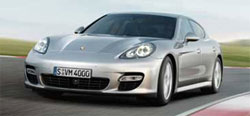 The Panamera is also the first front-engine Porsche car since the 928, driven by a pair of direct-injected V8s from the Cayenne. Panamera S and 4S use the normally-aspirated 4.8-liter with 400 horsepower and 369 pound-feet of torque. The Panamera Turbo adds twin turbochargers for 500 horses and a massive 516 pound-feet of torque.
The Panamera is also the first front-engine Porsche car since the 928, driven by a pair of direct-injected V8s from the Cayenne. Panamera S and 4S use the normally-aspirated 4.8-liter with 400 horsepower and 369 pound-feet of torque. The Panamera Turbo adds twin turbochargers for 500 horses and a massive 516 pound-feet of torque.
Gear change is Porsche’s latest 7-speed dual-clutch PDK automatic with manual paddle-shift mode. It feeds either the rear wheels of the Panamera S or all four wheels of the 4S and Turbo models. At our track, our Panamera 4S blazed from 0 to 60 in 4.9 seconds, and shot through the quarter mile in 13.5 seconds at 105 miles per hour. With Launch Control on, our car leapt out of the hole with a beastly roar. The PDK gearbox isn’t as quick as in the 911, but it’s smoother.
The Panamera’s chassis is defined by a front double-wishbone and a rear multi-link setup, all governed by Porsche’s Active Suspension Management. The adjustable dampers can be set to Normal, Sport, and suspension-lowering Sport Plus. In Sport Plus, we sliced through the cones in a razor-sharp manner. Steering response is perfect. The Panamera is a big, 4100-pound car. But that size seems to disappear the harder you push it. Our 4S also benefitted from optional Porsche Dynamic Chassis Control with its two active roll bars. Even at ridiculous speeds, cornering is flat.
Superb stopping power comes from four-wheel vented discs armed with six-piston calipers up front and four-piston in the rear. Stops averaged a very short 116 feet from 60 to zero. The Panamera just squats to a stop.
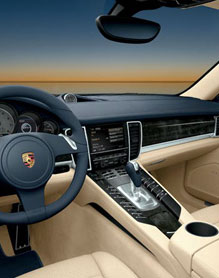 While the Panamera’s exterior may be controversial, the interior is a feast for the eyes. Beautifully trimmed in wood and even carbon fiber, there’s plenty of space for its four adult-wide seats. Your focus is drawn to two areas: the cascading 5-bezel gauge cluster, and a center console master control panel. There’s a lot of switches here, but they’re logically grouped. Navigation data is viewed on a large center stacked screen, and inside one of the gauges. Optional is a 17-speaker, 1000-watt Burmester stereo.
While the Panamera’s exterior may be controversial, the interior is a feast for the eyes. Beautifully trimmed in wood and even carbon fiber, there’s plenty of space for its four adult-wide seats. Your focus is drawn to two areas: the cascading 5-bezel gauge cluster, and a center console master control panel. There’s a lot of switches here, but they’re logically grouped. Navigation data is viewed on a large center stacked screen, and inside one of the gauges. Optional is a 17-speaker, 1000-watt Burmester stereo.
Rear vision is mostly blind spots, so both the available camera and front-rear parking sensors are recommended. The rear seats require little contortion to get to, and as we mentioned before, adults will find a generous space with headroom boosted further by a scalloped headliner. Amenities include adjustable vents, armrest with cup holders, and an available twin screen DVD system. Impressively practical, drop the 40/20/40 rear seats to expand luggage space from 15.7 cubic feet to a crossover-like 44.6.
Government Fuel Economy ratings for the 4S are 16 City/24 Highway on premium gas. We managed only 16.7 in mixed driving. The Panamera uses a mild hybrid-like start/stop system to shut down the engine at traffic lights.
Panamera pricing starts at $90,750 for the S, $94,750 for the 4S, and $133,550 for the Turbo. There’s no gas guzzler tax. That’s a notch above an S-Class, but comparable to an Audi S8. Naysayers can have a seat, because Porsche has done it. The 2010 Panamera is a primo luxury sedan and sports-car-for-four all rolled into one. Styling aside, this unique saloon delivers everything it promises, plus a lot more.
Specifications
- Engine: 4.8-Liter
- Horsepower: 400
- Torque: 369 Lb Feet
- 0-60 MPH: 4.9 Seconds
- 1/4 Mile: 13.5 Seconds @ 105 MPH
- 60-0 MPH: 116 Feet
- EPA: 16 MPG City/ 24 MPG Highway
- Mixed Loop: 16.7 MPG
2025 Rivian R1S
Major Reboot for Rivian R1S
With just about every mainstream carmaker now onboard with battery-electric vehicles, EV-only brands are hoping there are still plenty of people out there willing to think outside the box. So, let’s see if Rivians latest R1S utility can make the case for taking the EV road less traveled.
Big changes have happened in the short time since the Rivian R1S first hit the streets three years ago. As for 2025, there are updates that touch just about every aspect of the vehicle. Yes, despite looking almost exactly the same outside, Rivian claims that beneath the surface, their entire electrical architecture has been significantly updated, eliminating a whopping mile and a half of wiring and 10 computer assemblies, allowing for more efficient operation.
But look closely and you will see their signature vertical oval headlights are updated with a new matrix of LED lights that can cycle individual elements on and off to provide maximum illumination where you need it without distracting oncoming drivers.
Not much change in the look of the interior either, but the synthetic leather upholstery is still very nicely done, though most touchpoints feel more rugged than luxury minded. With the exception of a couple controls on the steering wheel, you do still have to do almost everything on the R1S’s 15.6-inch touchscreen, but the user interface has been improved. So, while we do wish they could have reverse-engineered a knob or two into the mix, we realize full touchscreen interface is just what people expect in their high-end EVs these days, and at least it works better than before. And the gauge display still wows you with the amount of information it displays and is mounted high enough that no additional head-up display is needed. A new Rivian Autonomy Platform uses 11 cameras, five radars and A.I. for self-driving, or just to monitor what’s going on around the vehicle even when it’s parked.
This [EV] really feels fast, sitting you up high and throwing you back in your seat with authority.
Rivian has also given the R1S a substantial suspension revision with new spring rates, bushings, and mounts; along with new tuning for the adaptive dampers and roll-mitigation system. It does provide a more balanced street attitude, but it still rides like a truck. That’s great if that’s the experience you’re looking for; not as ideal if you’re looking for more of the smooth luxury-style treatment.
All R1Ss are all-wheel drive, but there’s a wide variety of powertrain options including a new Tri-Motor setup. Outputs range from the standard Dual-Motor’s 533 horsepower to the Quad-Motor’s impressive 1,025. There are several battery packs as well, delivering as much as 410 miles of range, giving the R1S the highest rating of any SUV on the market right now. Our Adventure trimmed tester featured the 665-horsepower Performance version of the Dual-Motor arrangement, with the Max battery and 20-inch wheels with all-terrain tires.
Theoretically, that setup is rated for 370 miles, but perhaps we were enjoying the “performance” theme too much as our results were well short of that, using 68% of the battery to drive only 189 miles, putting our estimated range around 278 miles. Using 43 kilowatts of electricity for every 100 miles earns the R1S a fair efficiency rating.
But all was forgiven at our Mason Dixon test track when this Rivian started blasting us to 60 in 3.8 seconds. Yes, there are faster EVs, but this one really feels fast, sitting you up high and throwing you back in your seat with authority, while the rear of the truck squats down substantially before hurling you off the line and down the track. Power delivery stayed strong the entire time, cranking away until we cleared the quarter-mile in 10.5 seconds at 108 mph.
Despite this utility’s substantial size and weight, we were able to keep a pretty fast pace through the cones of our handling course. The all-terrain tires obviously didn’t grip the pavement as well as all-seasons would, but the low center of gravity kept things very flat. Yes, it does feel very heavy, but the brakes were more than up to the task, stopping us from 60 mph in a very short 103 feet with surprisingly little nosedive and no fade.
Pricing starts at $77,700 for the Dual-Motor with Standard battery pack; our Dual-Motor Performance with the Max battery and All-Terrain Package came in just over $102,000.
While Rivian has had great initial success; sustaining that success will be a much tougher task. But, if they continue to put as much effort into improving their products as they have here with the 2025 R1S, we think their winning streak will only accelerate.
Specifications
As Tested
- Motor Setup: Dual Motor
- Battery Size: 141.5 kWh
- Horsepower: 665
- Torque: 829 lb-ft
- EPA Range: 370 miles
- 0-60 mph: 3.8 seconds
- 1/4 Mile: 10.5 seconds at 108 mph
- Braking, 60-0 (avg): 103 feet
- MW Test Loop: ~278 miles







